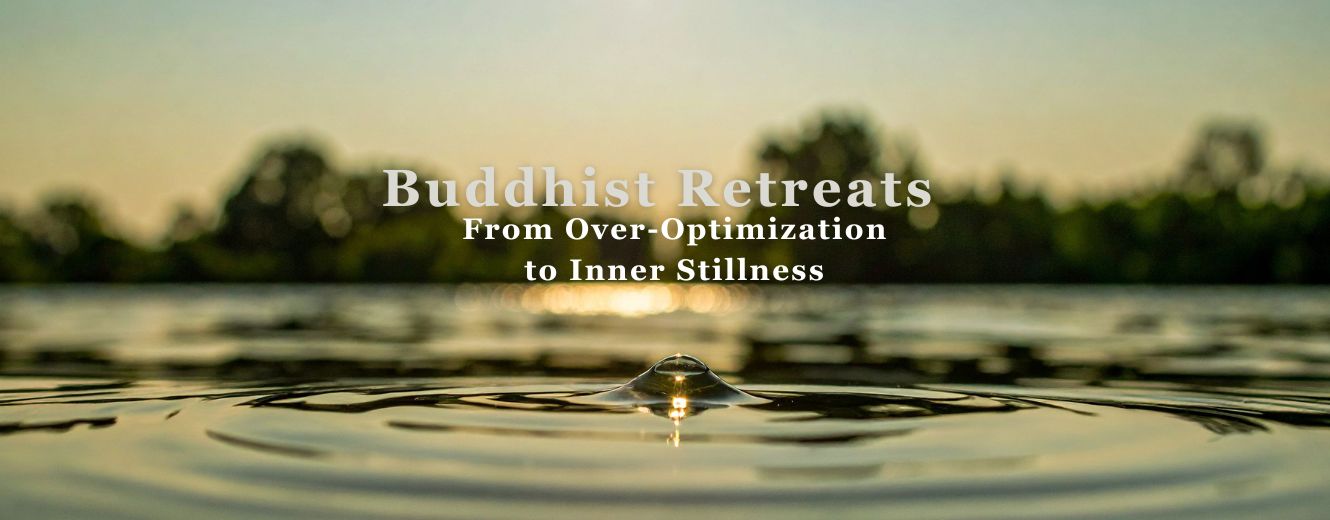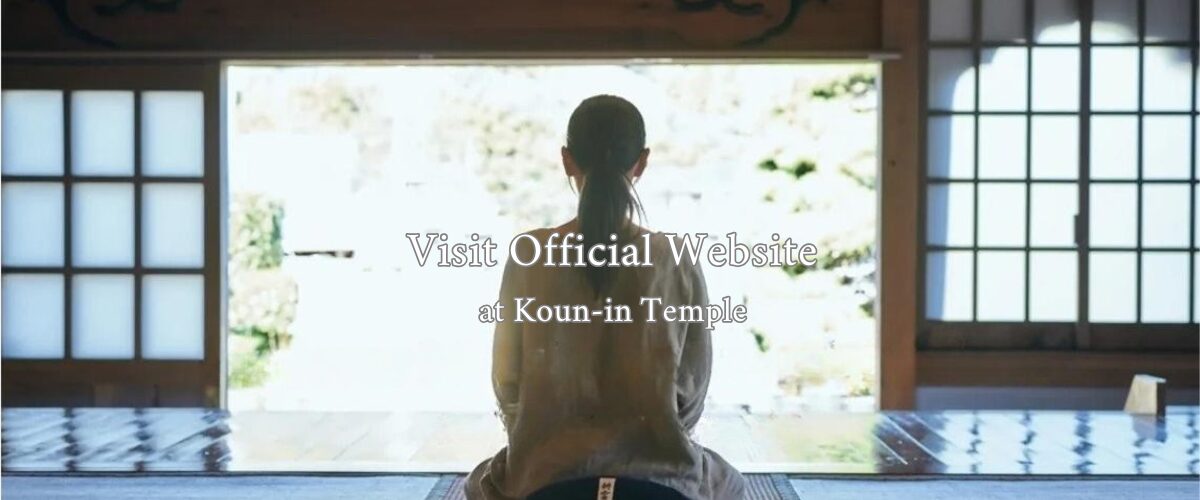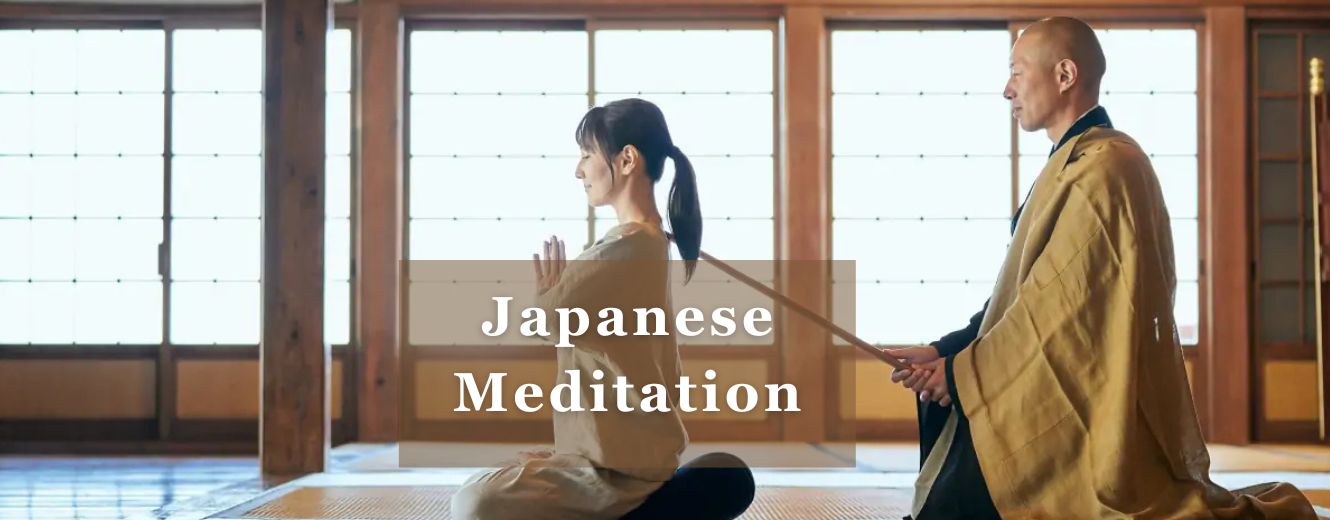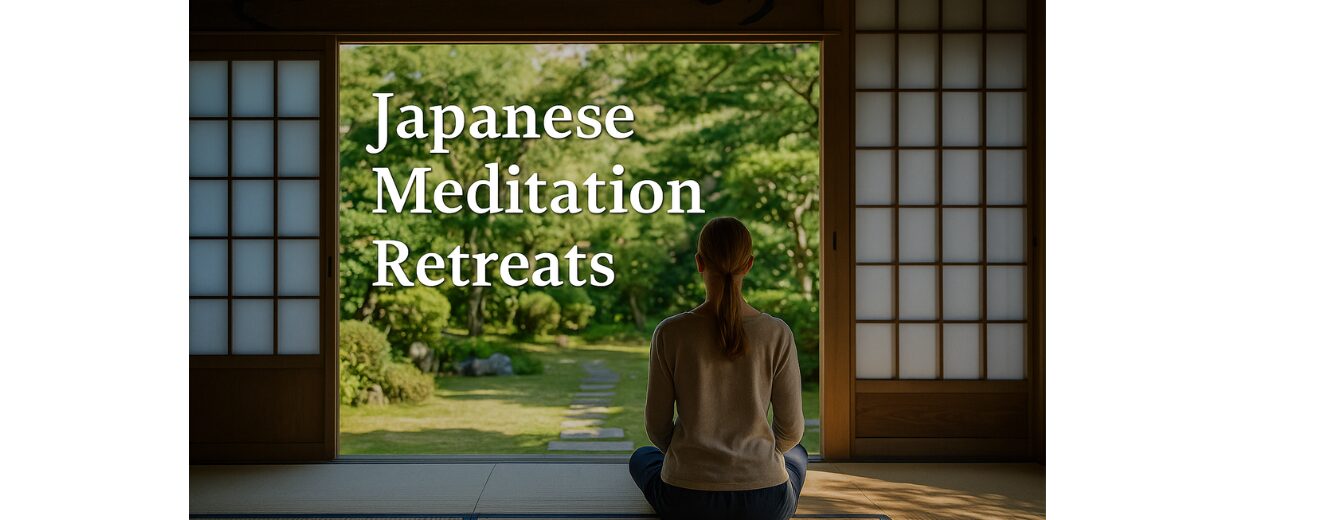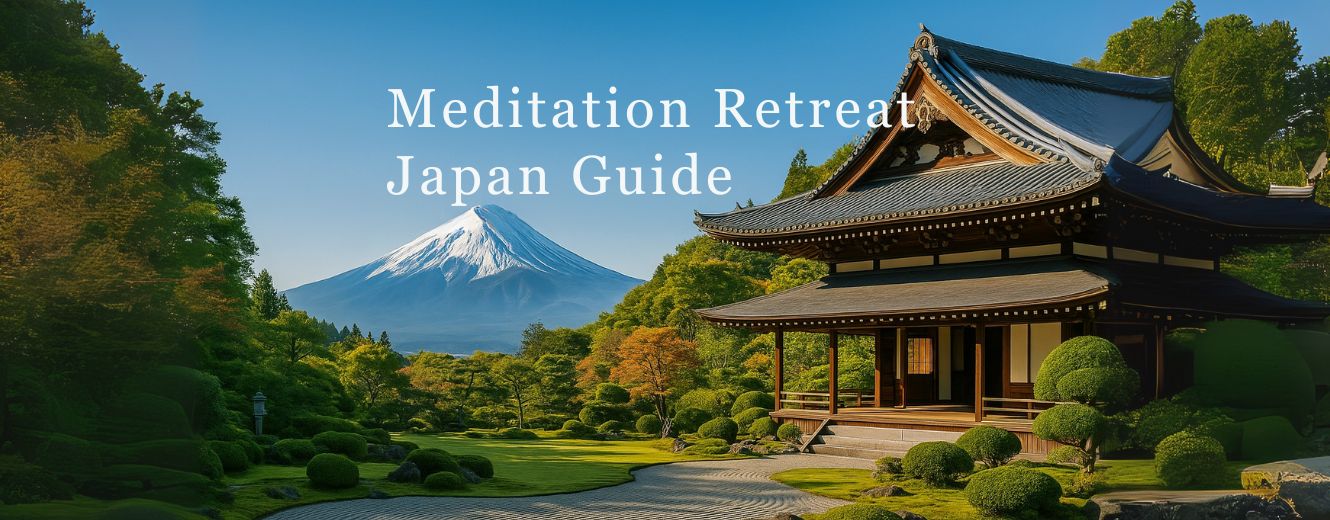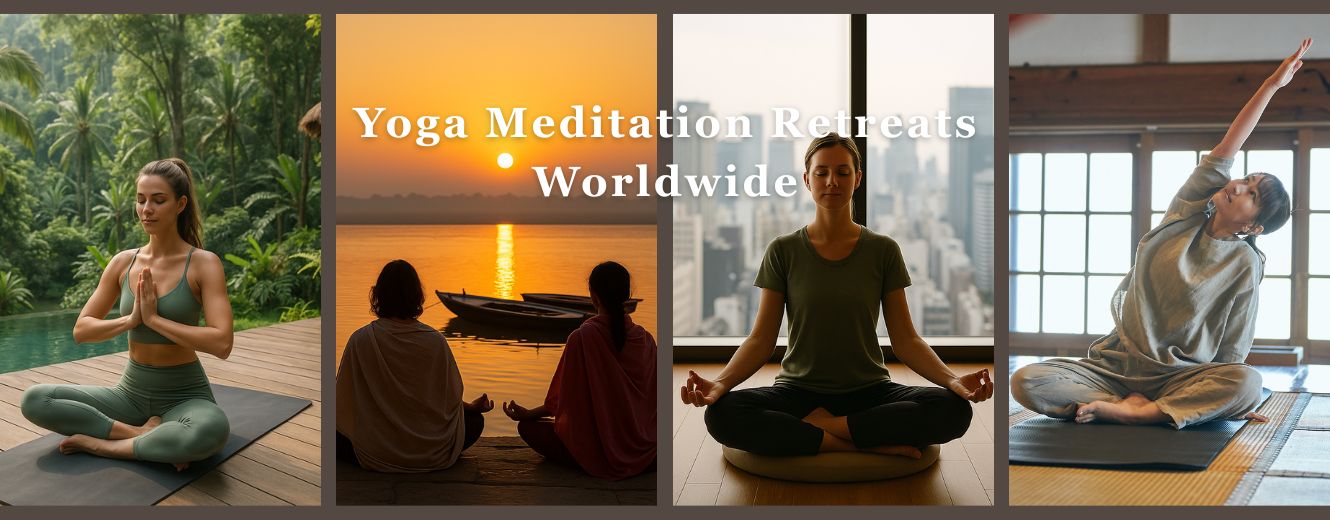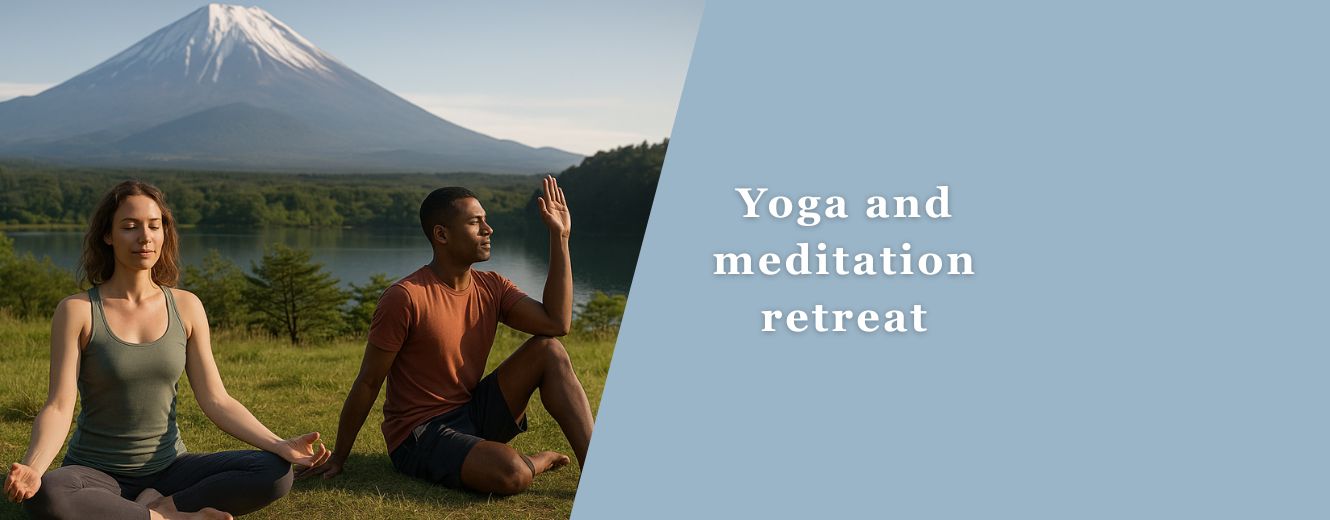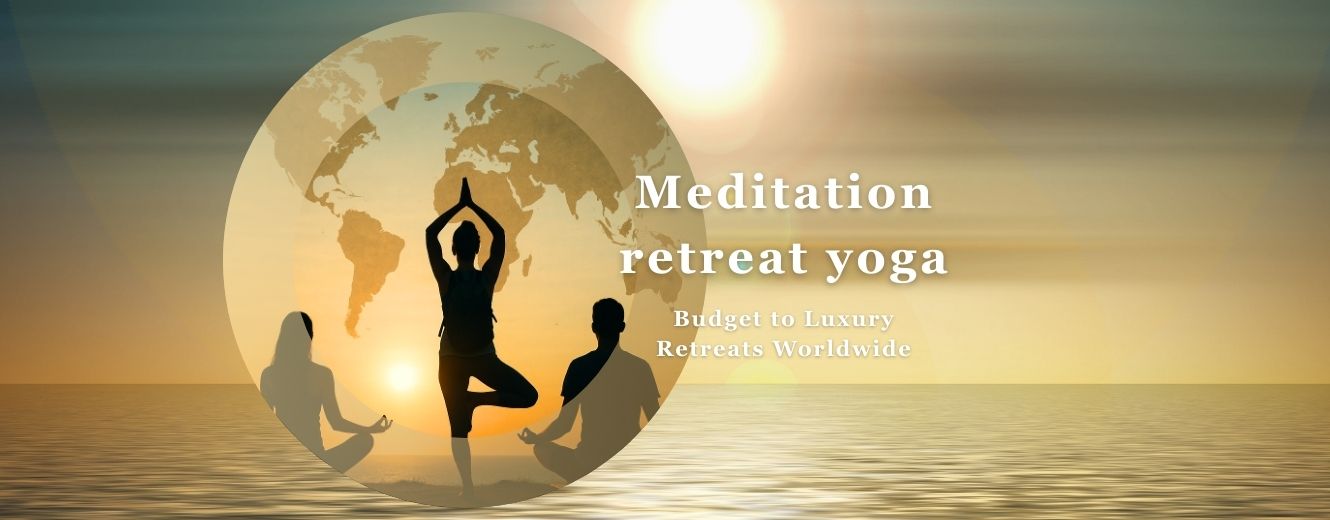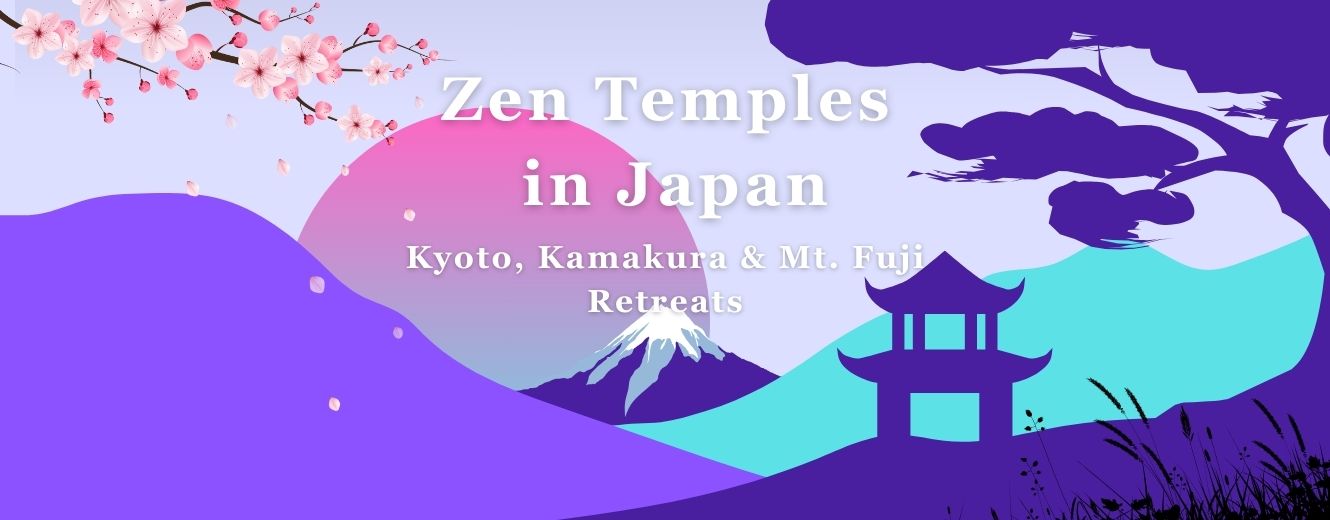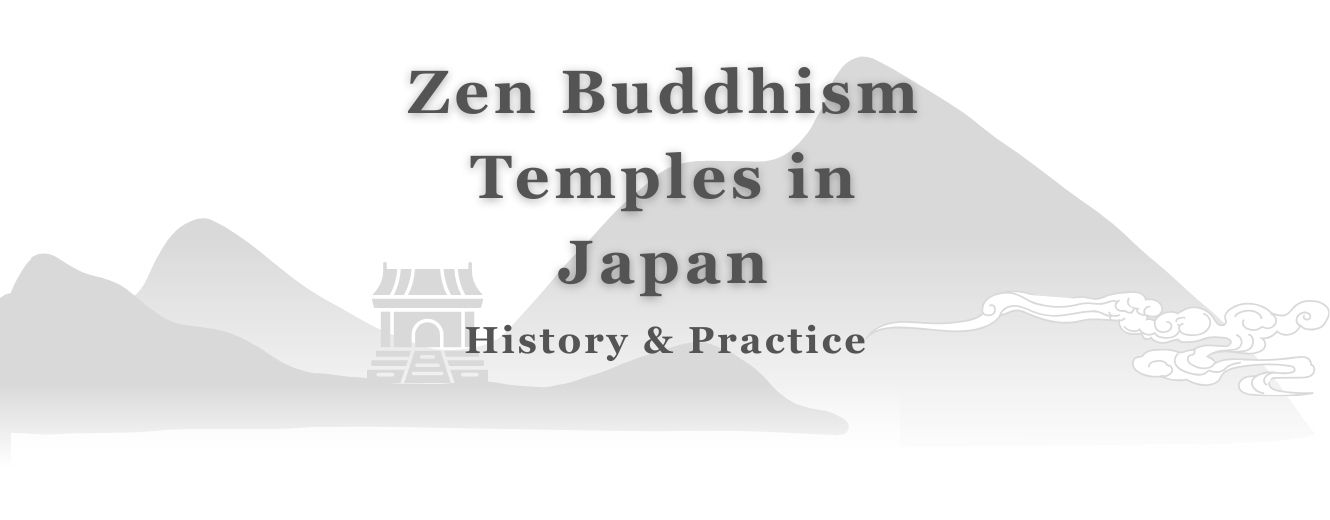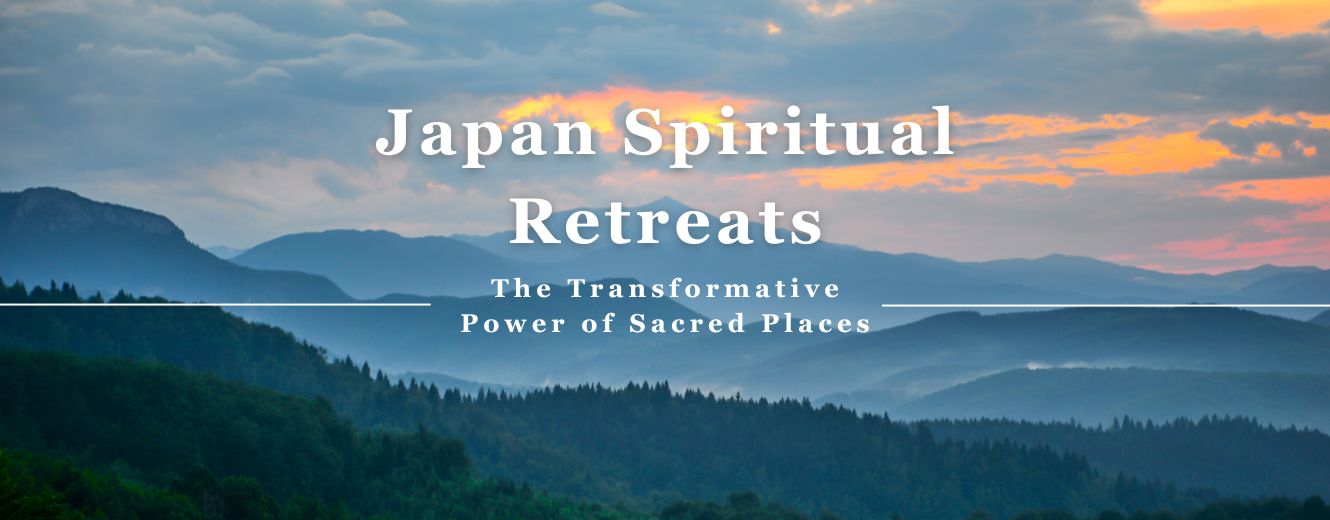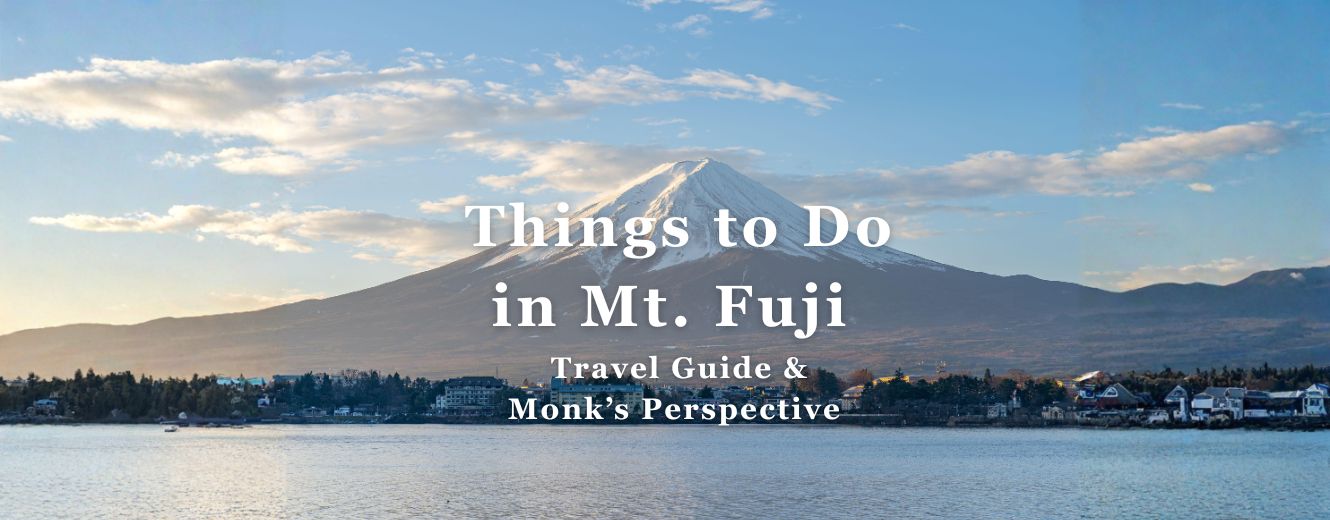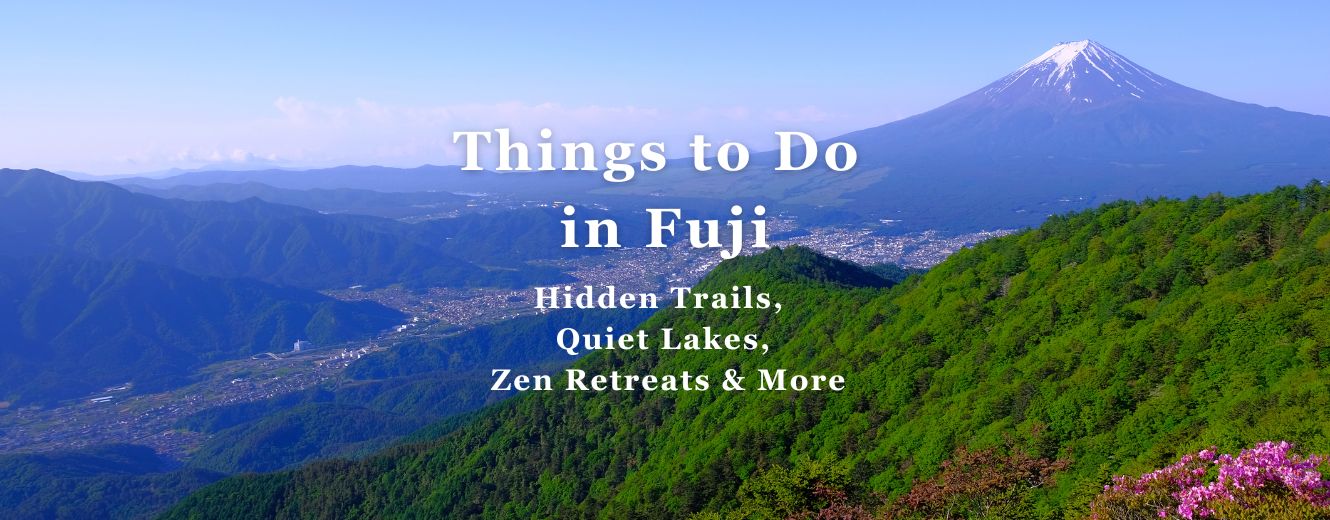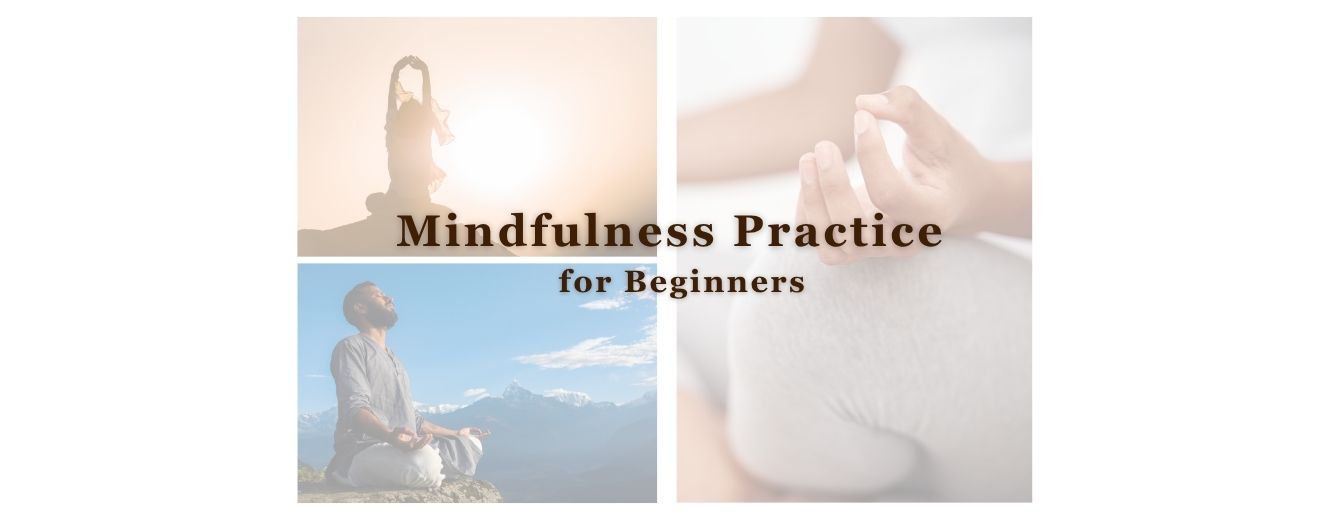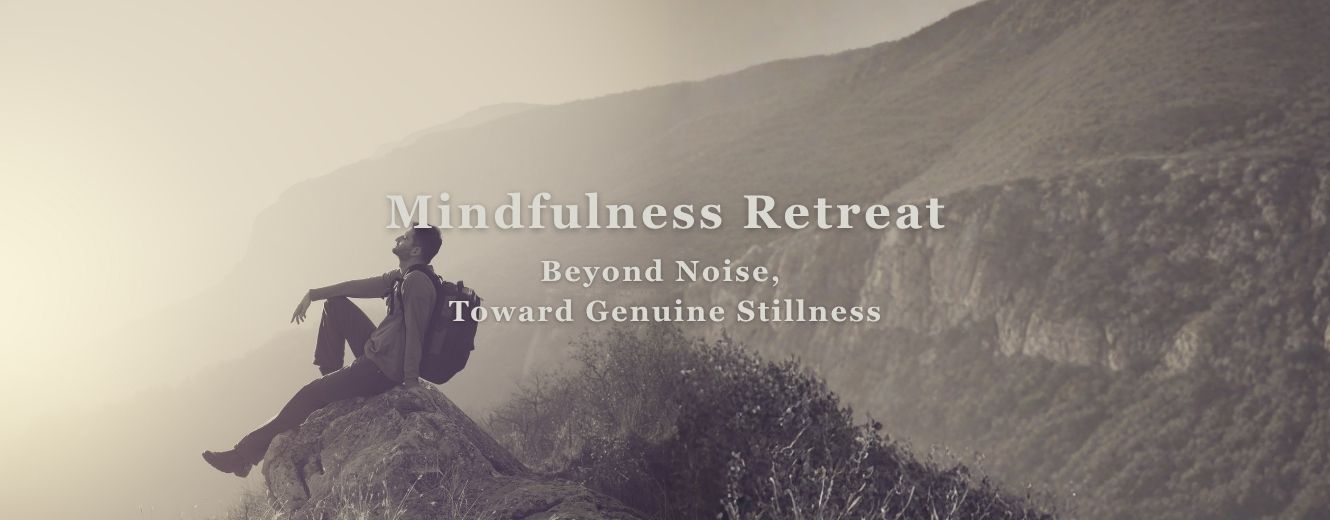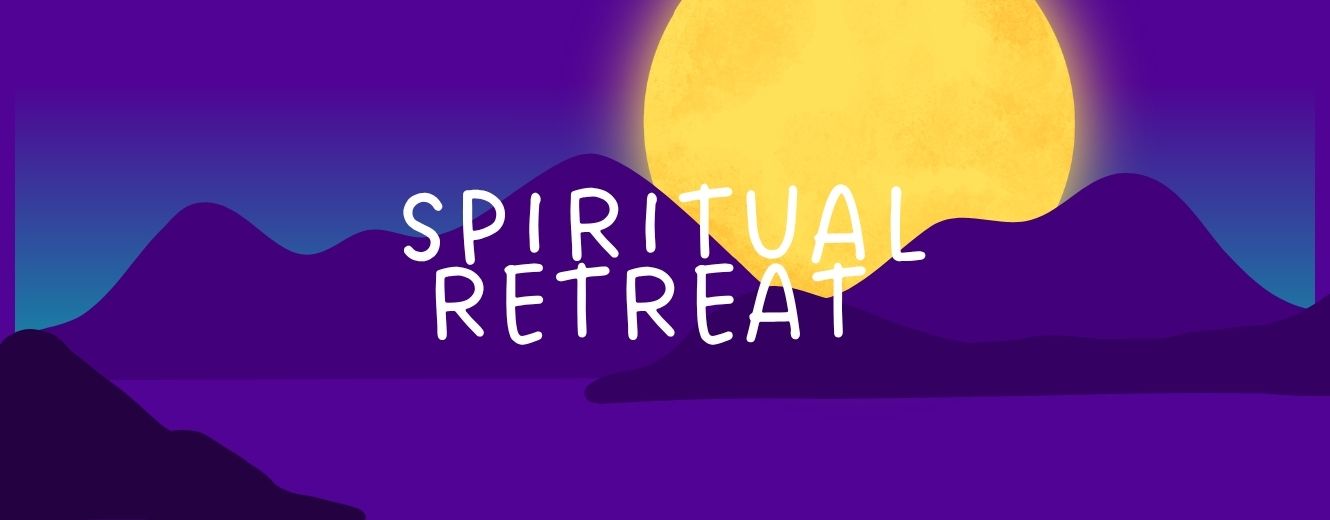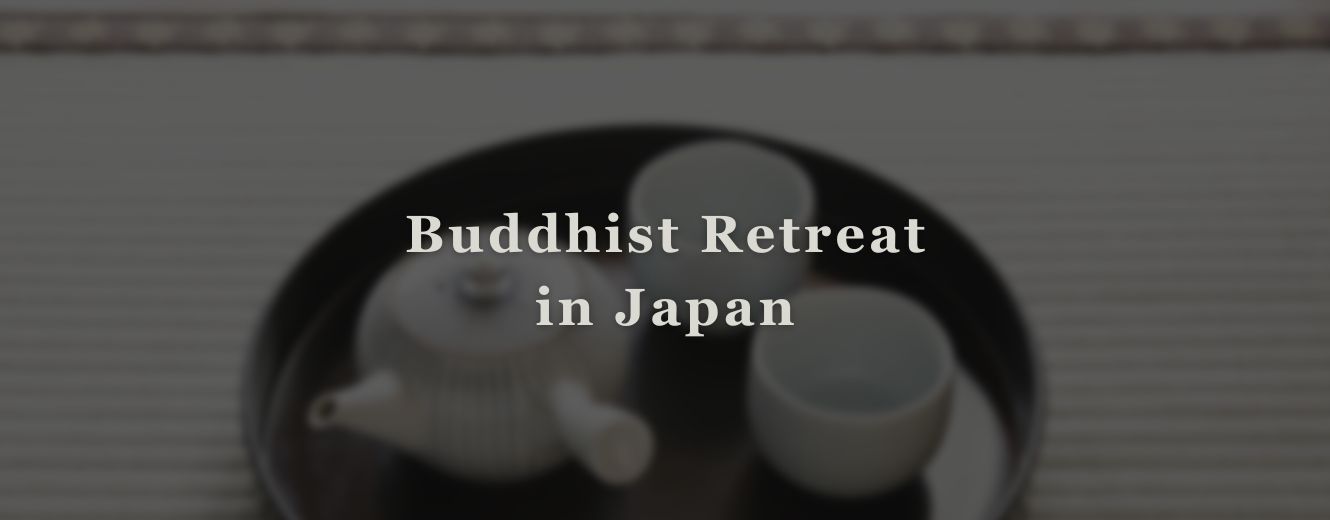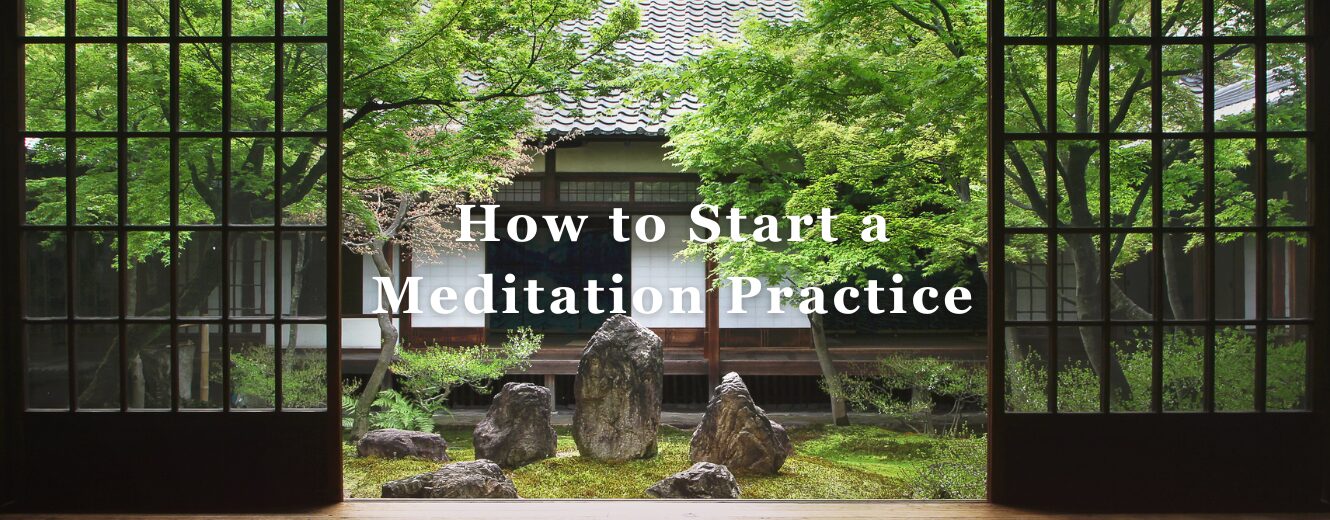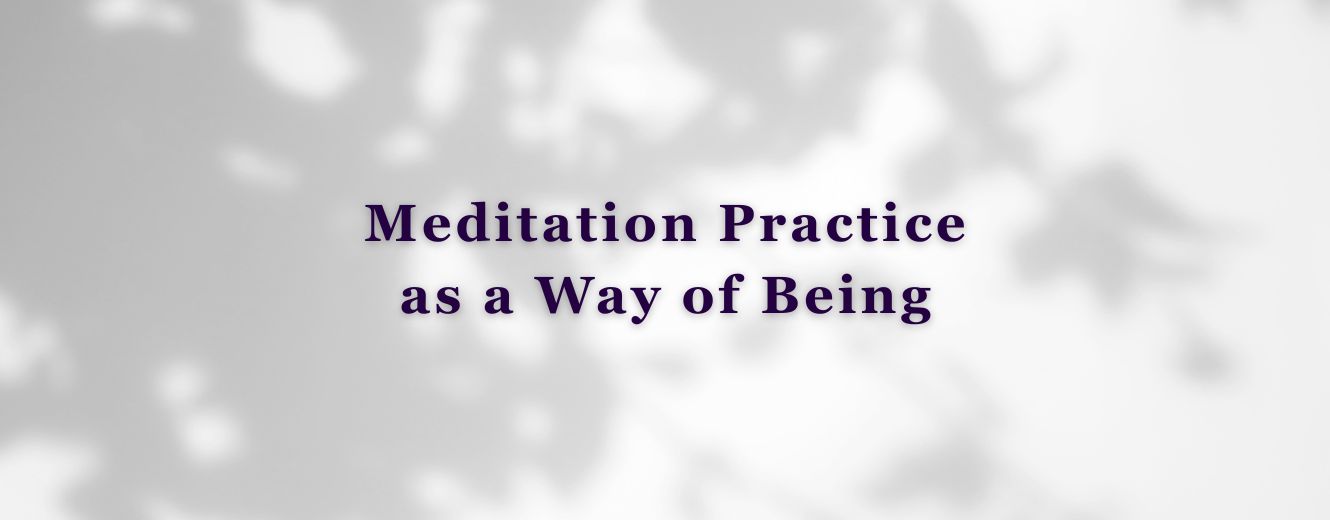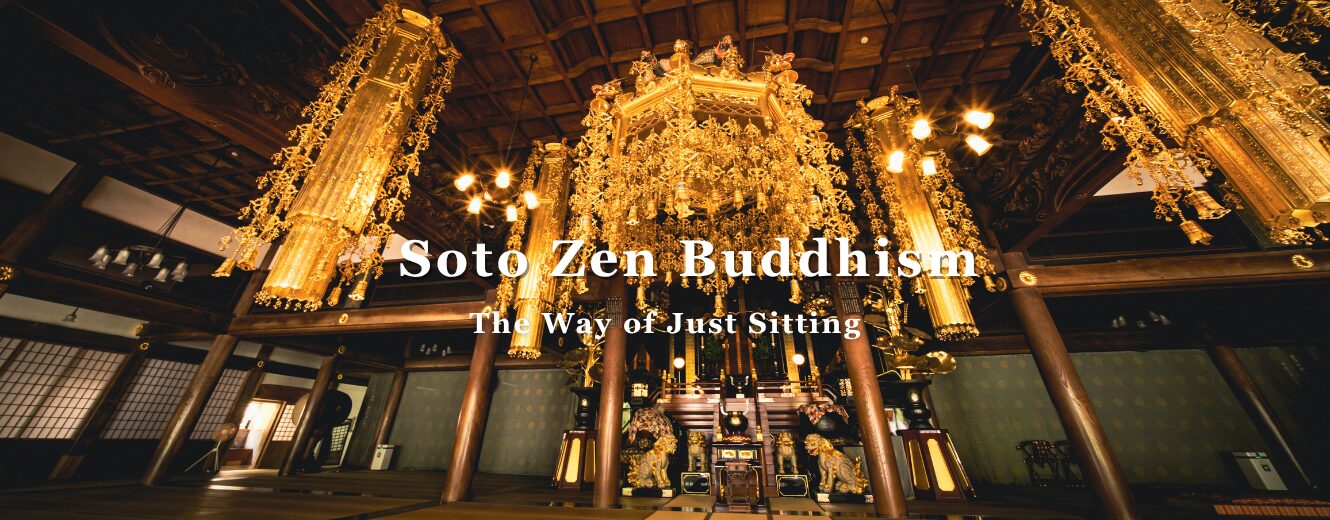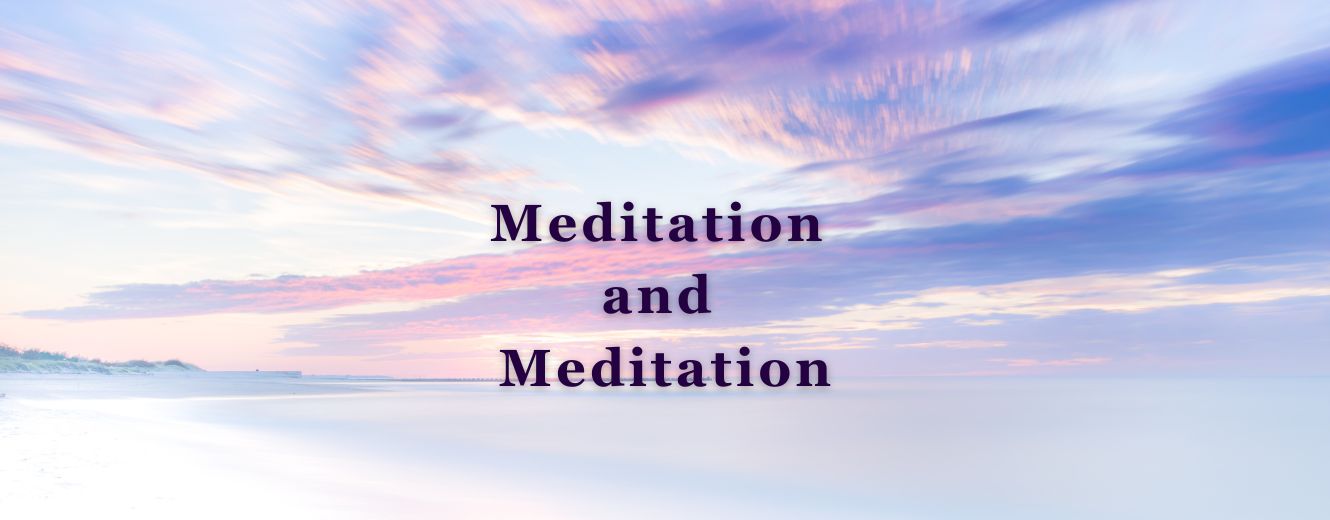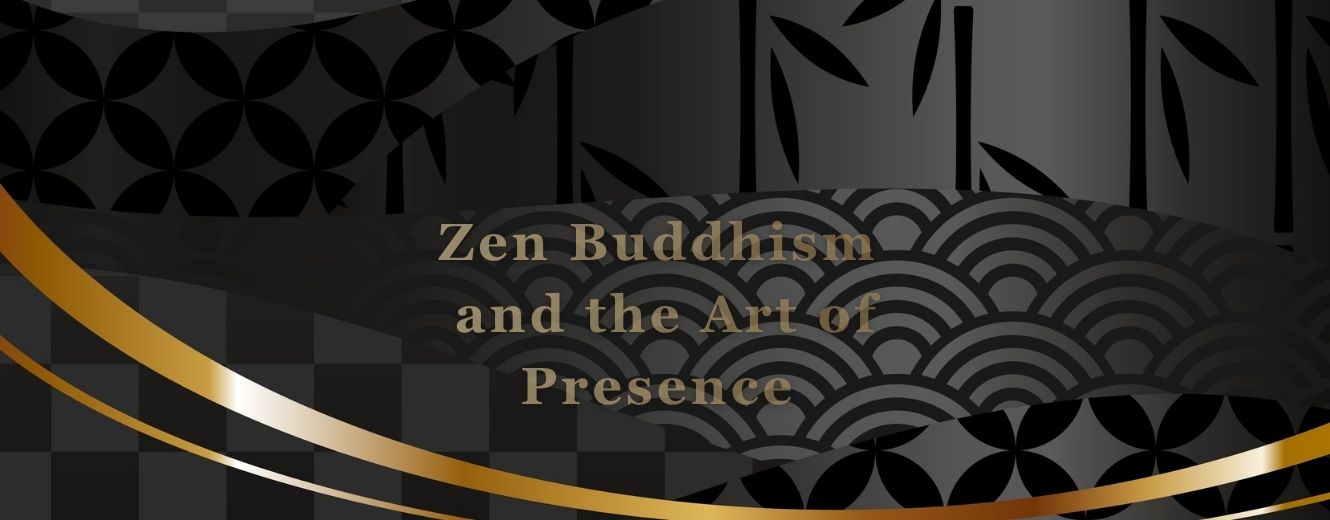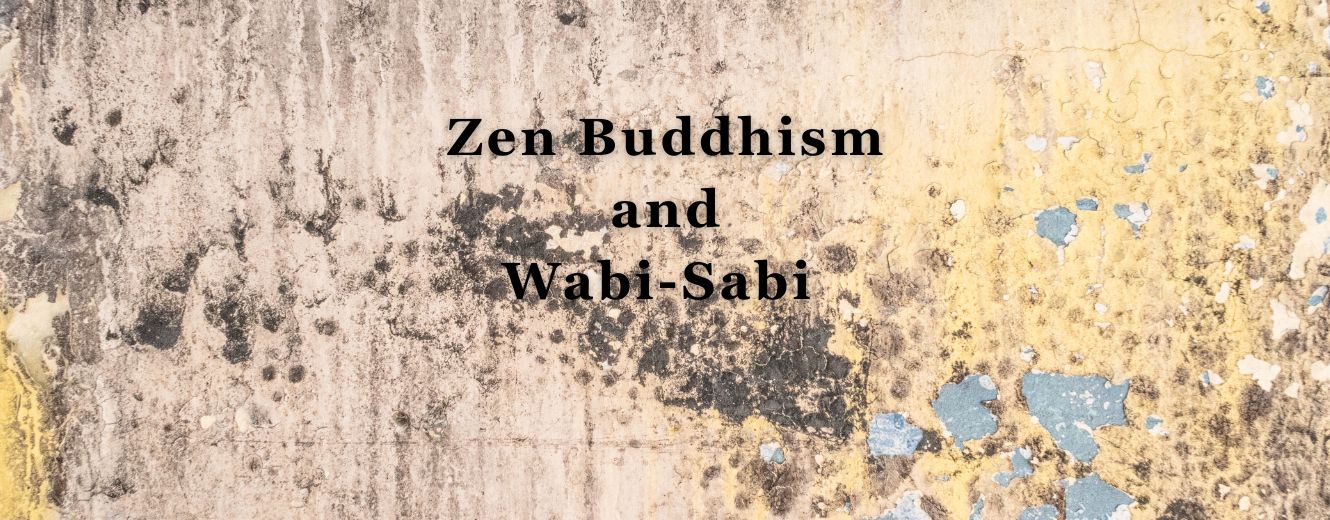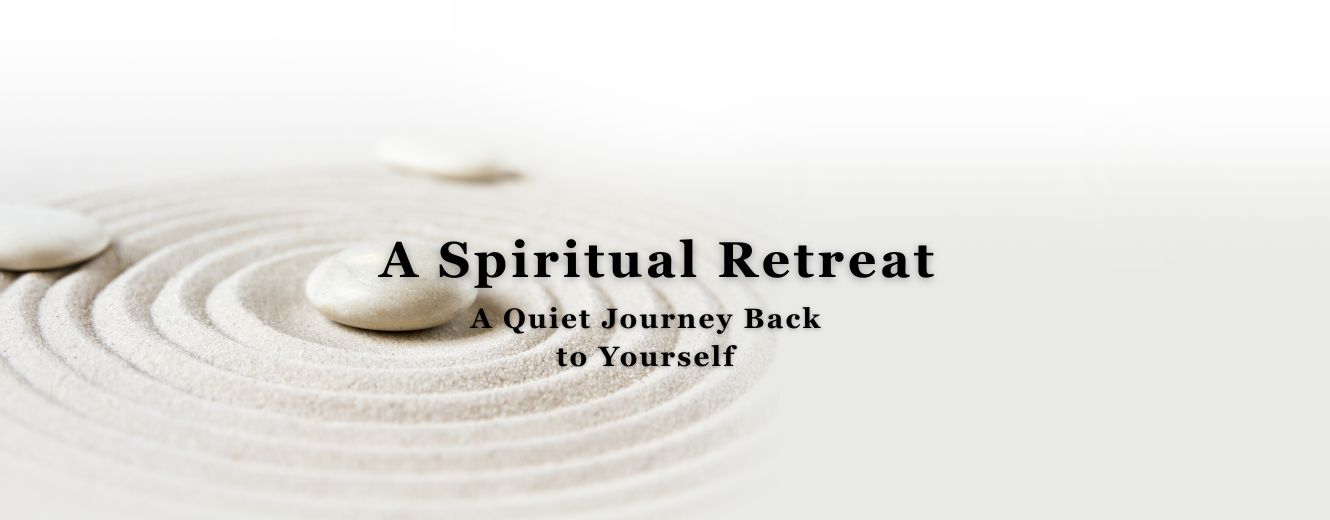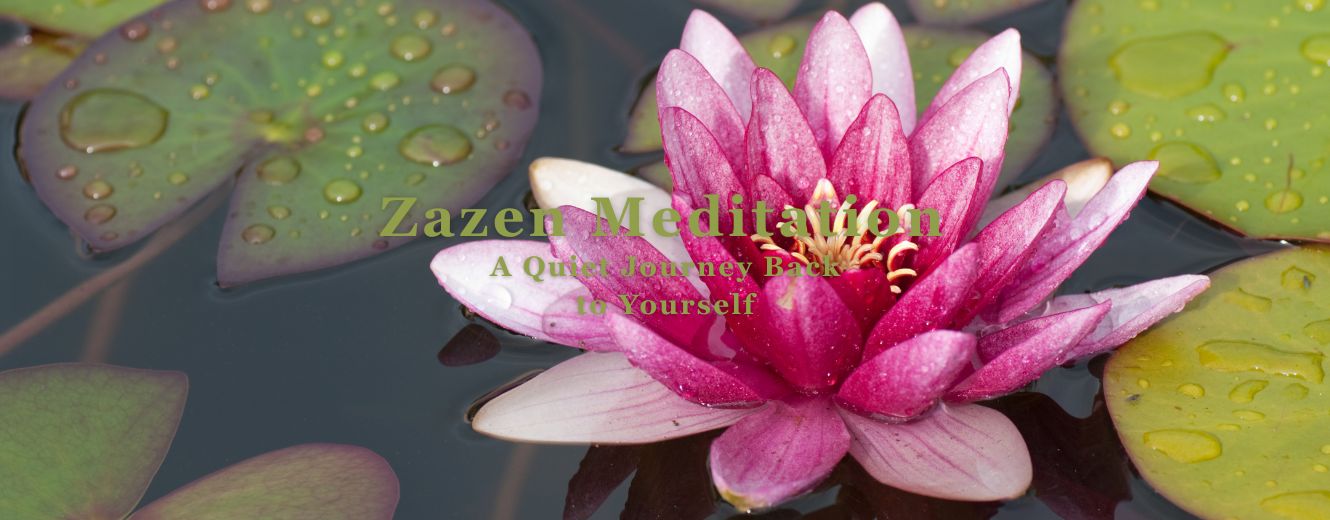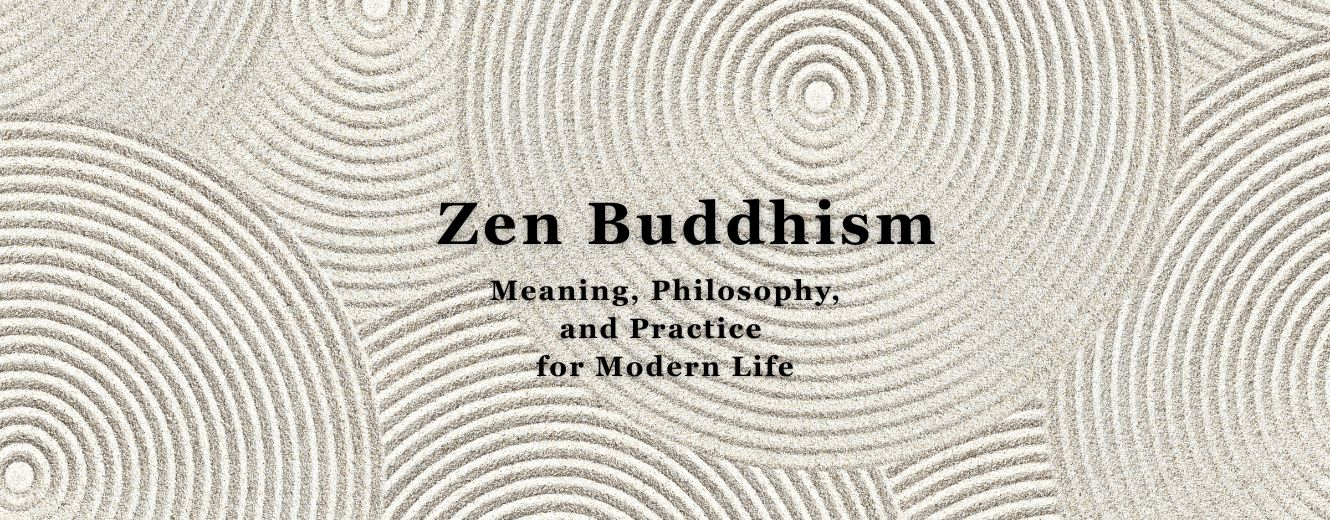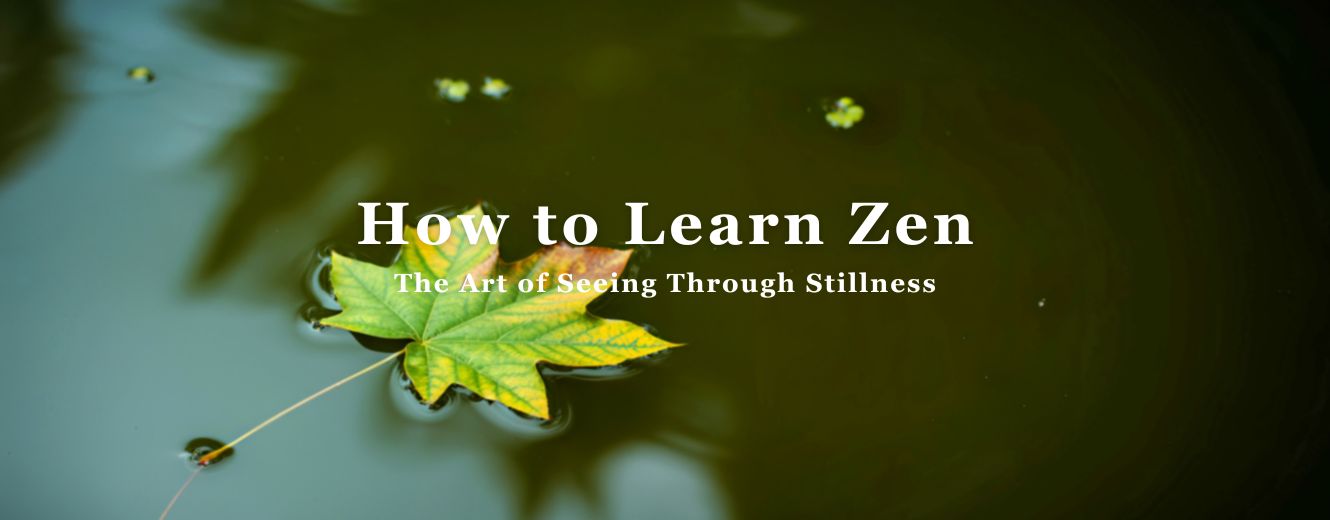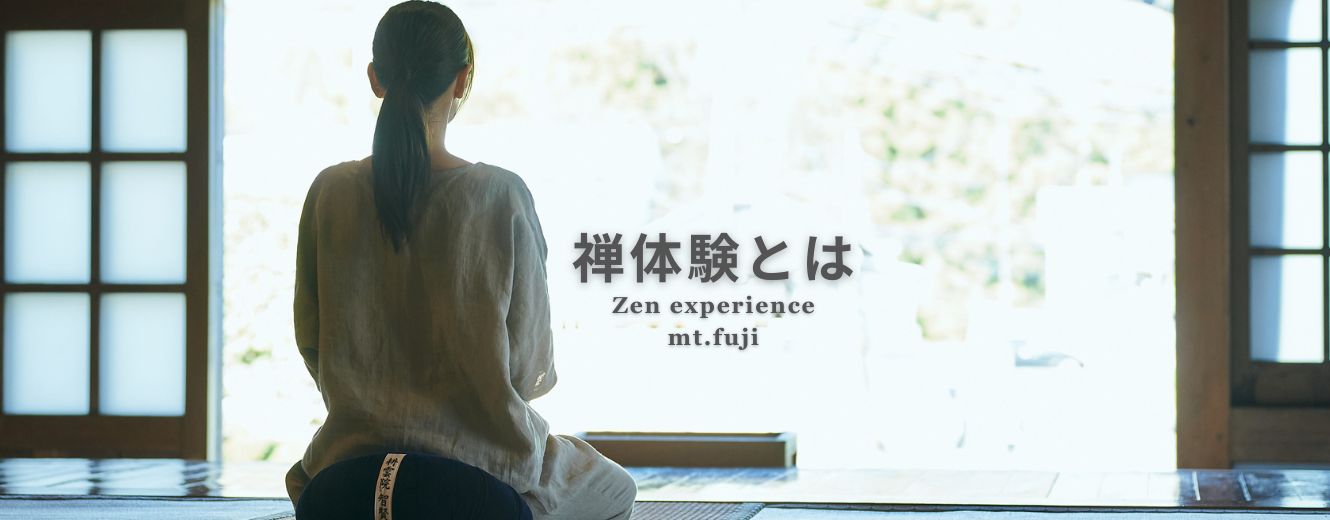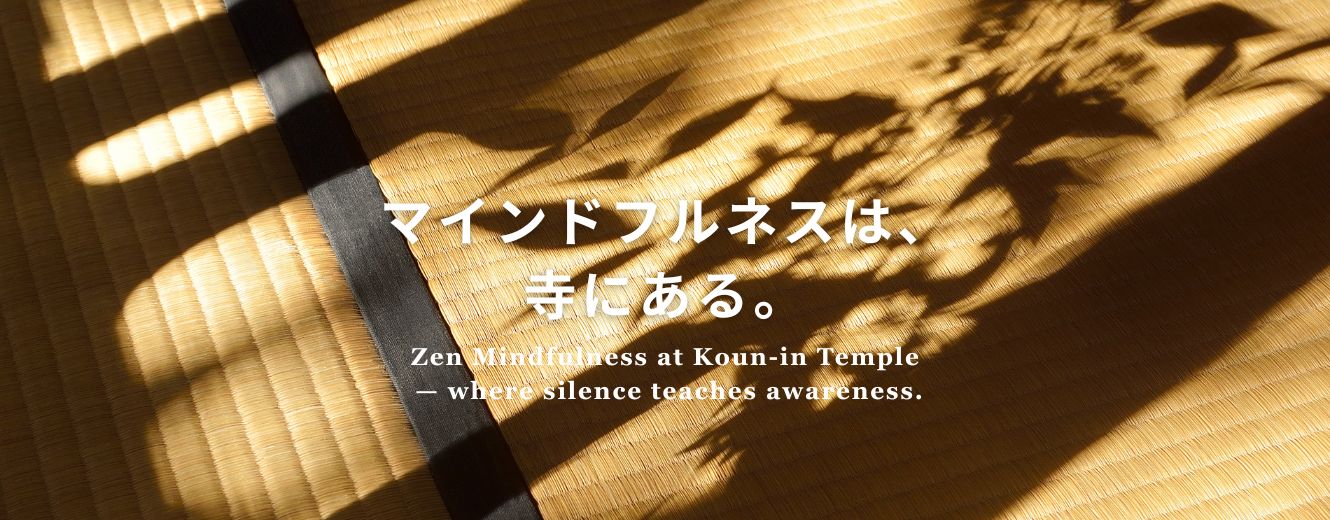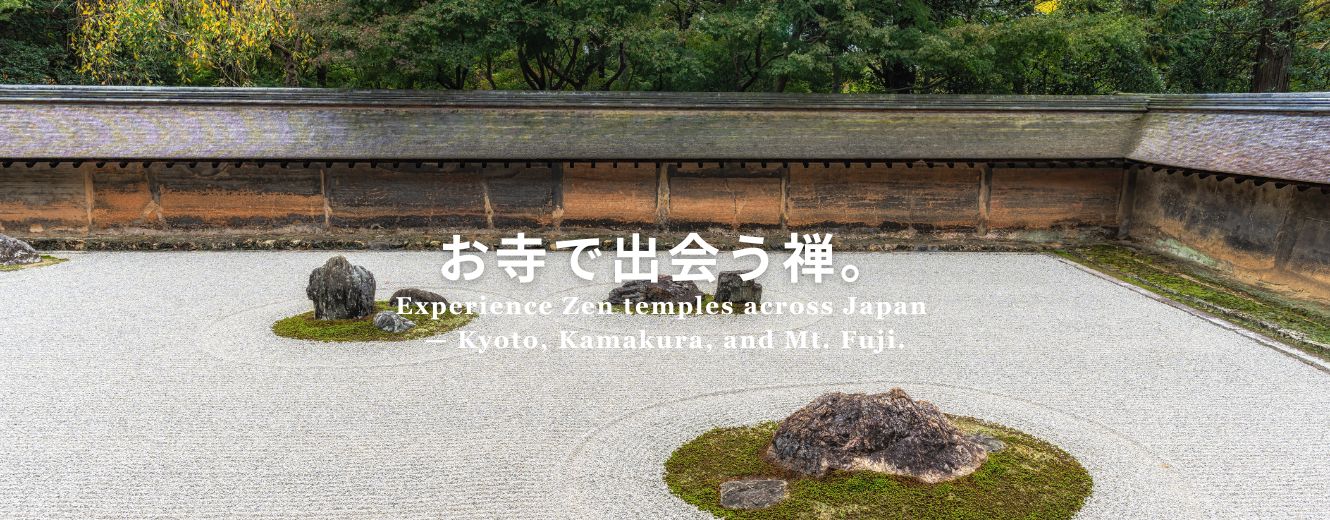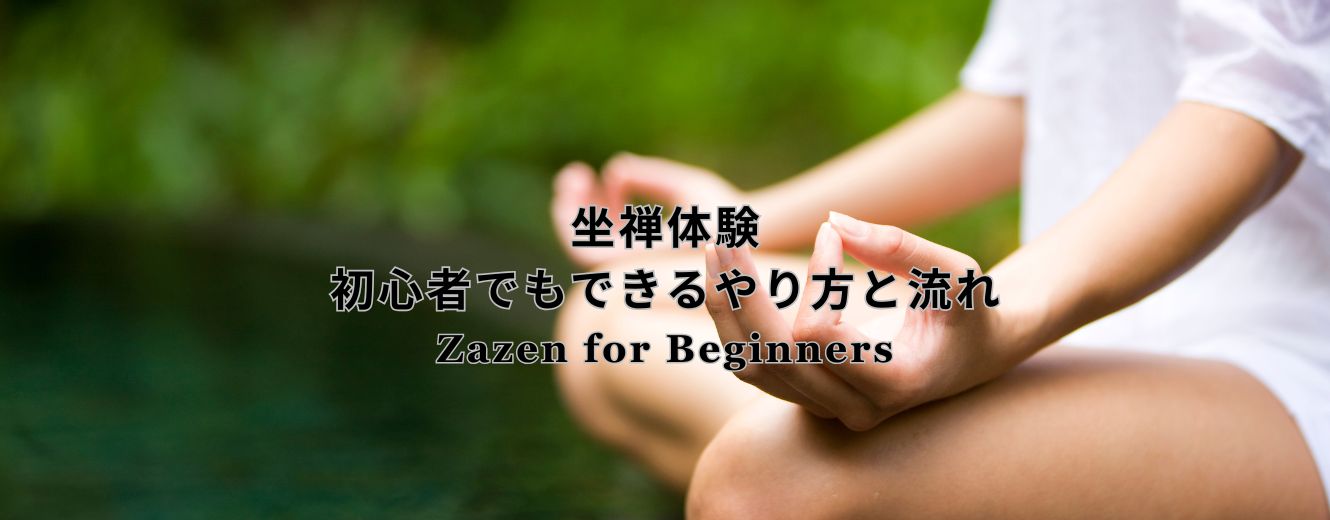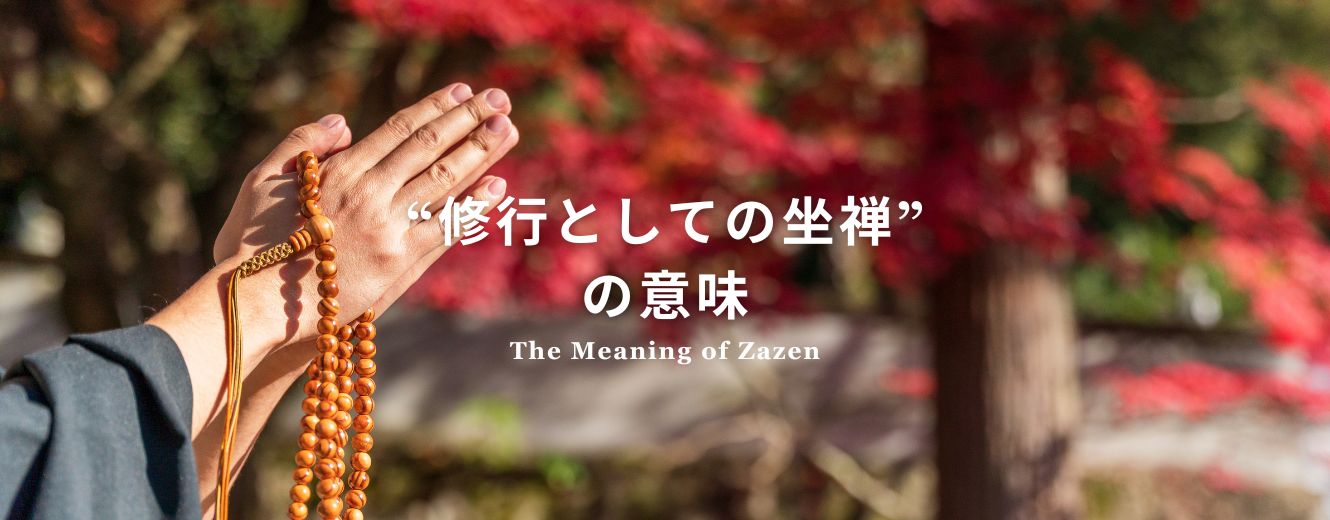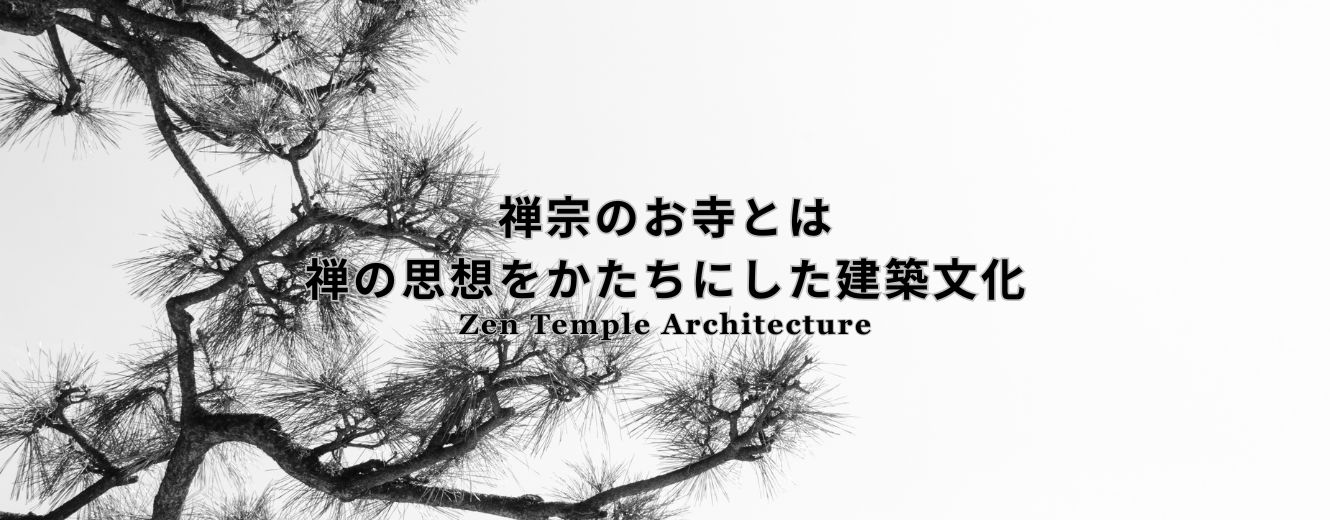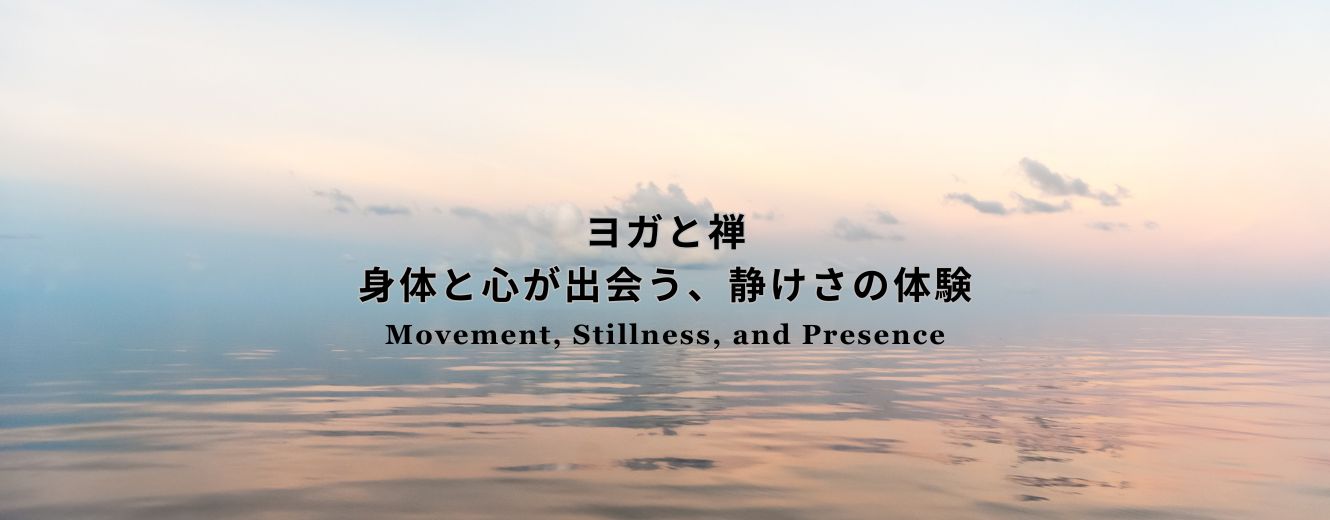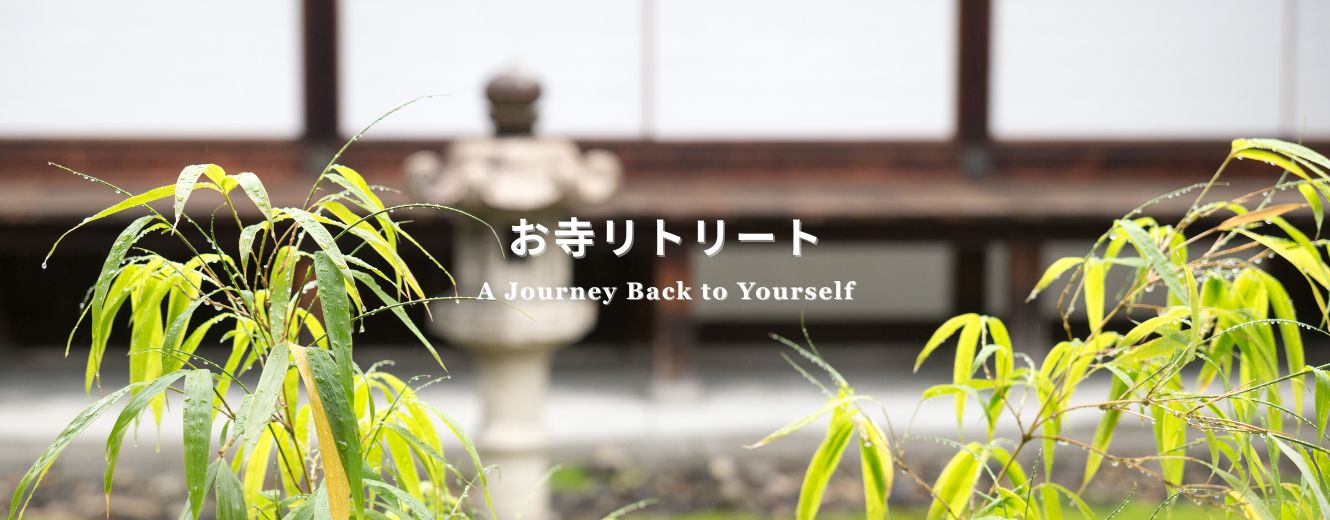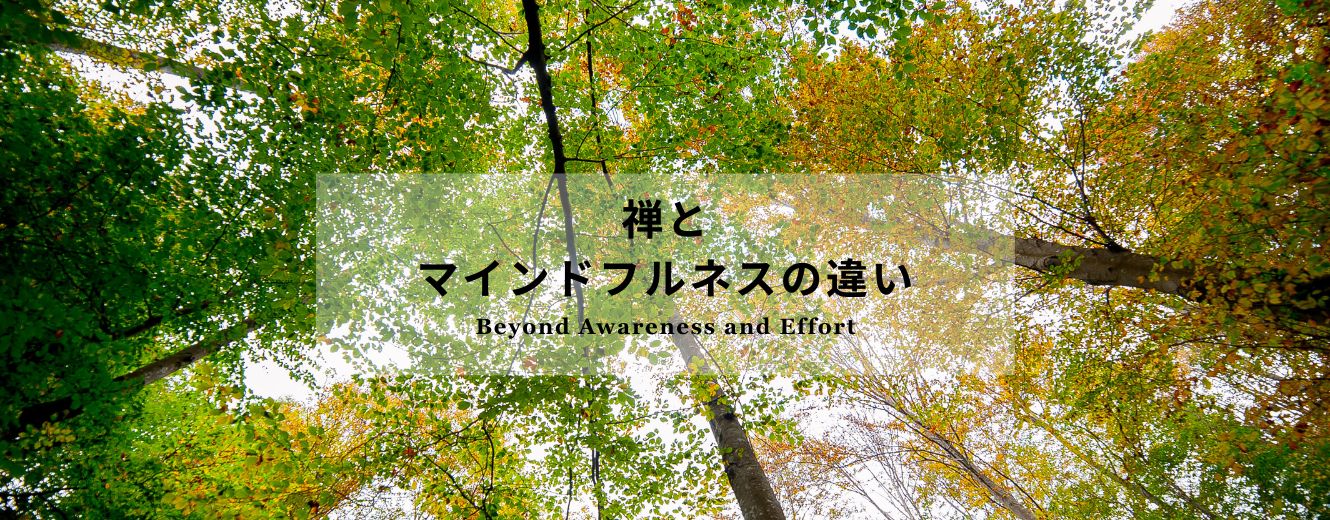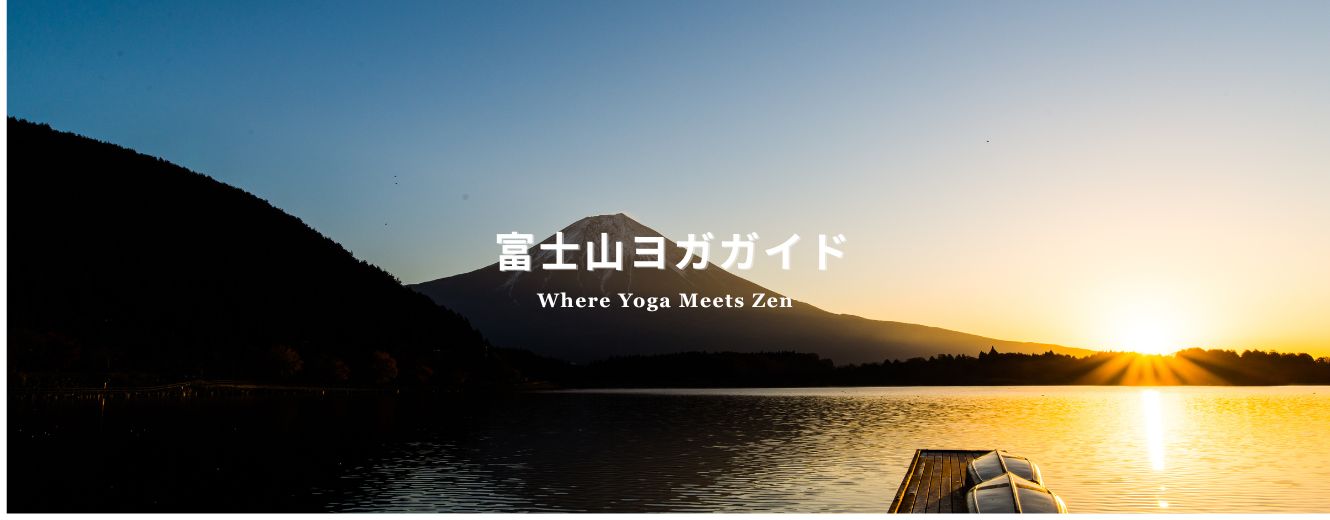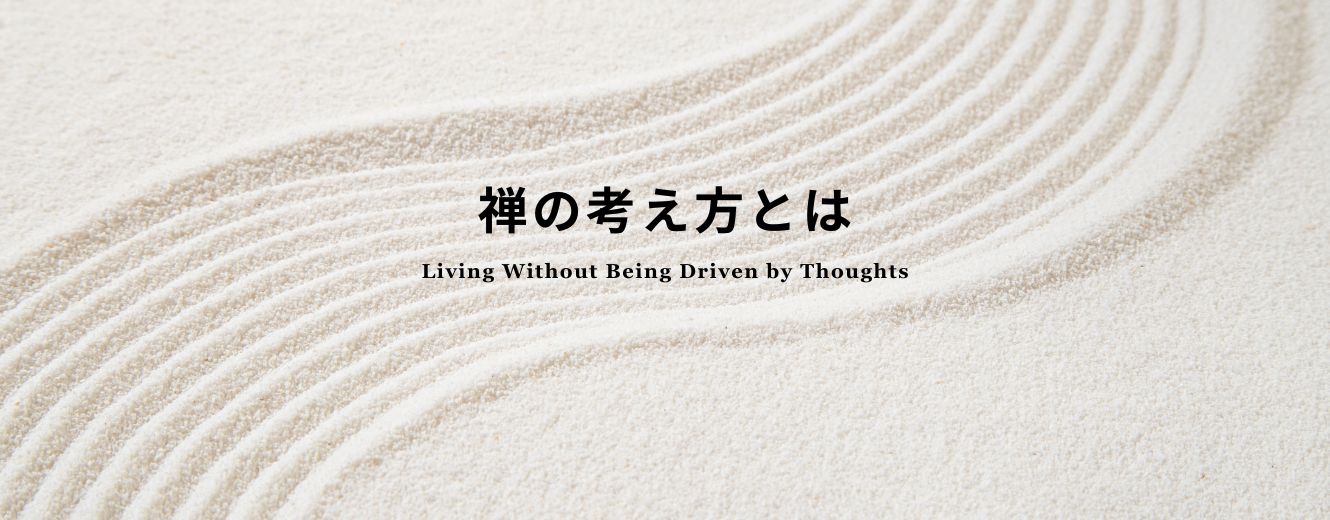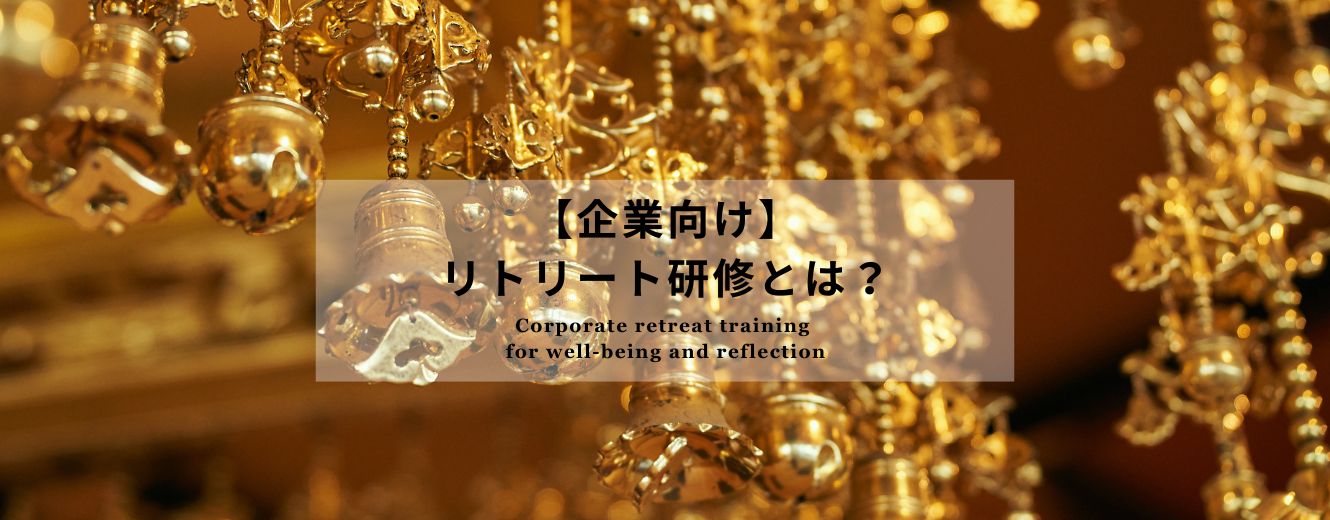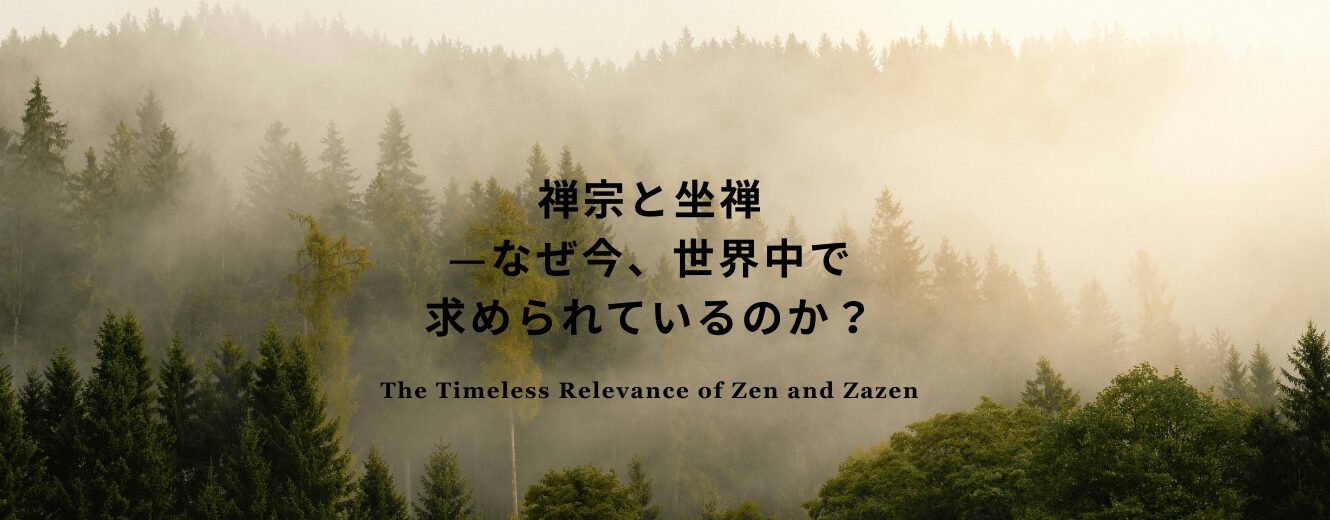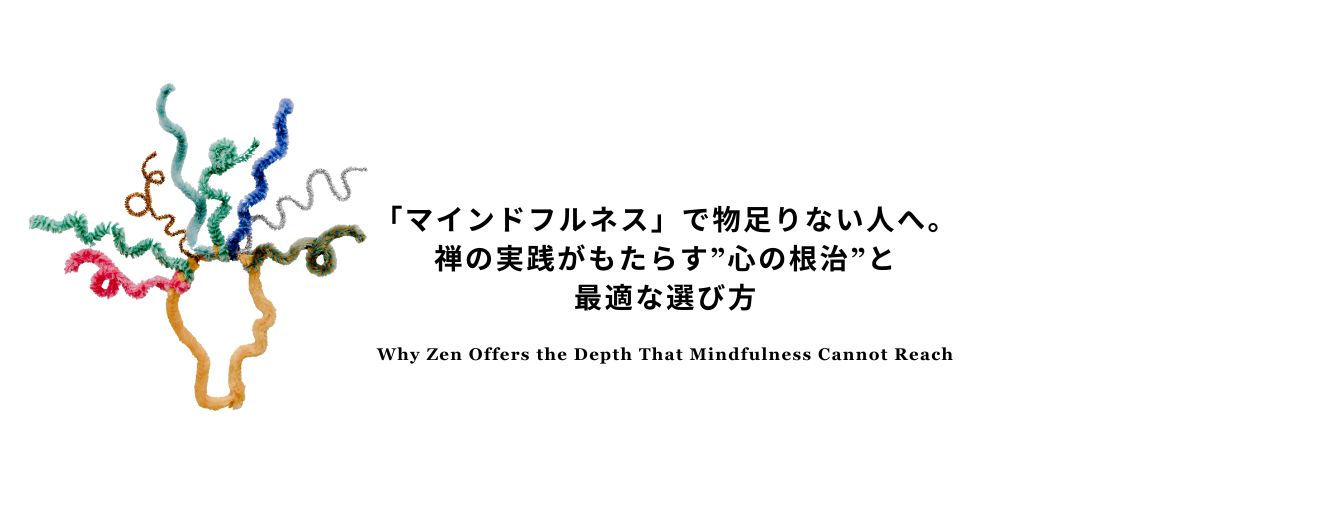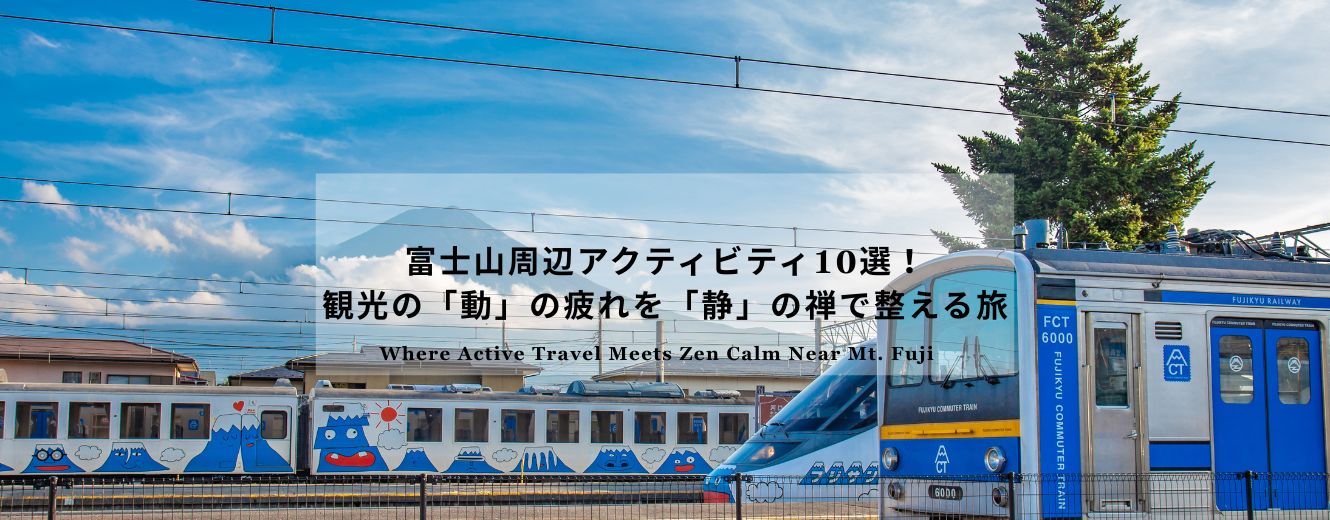Buddhist Retreat in Japan — Calm Beyond Over-Optimization
1. The Age of Over-Optimization
We track sleep with smartwatches, measure moods with apps, and let AI summarize our meetings.
Every part of life has become a dashboard—each metric begging to be improved.
But what happens when the optimization itself becomes noise?
The mind, stretched between productivity and perfection, begins to hum—a low static of fatigue that never fully fades.
This is not burnout. It’s perfection fatigue—the exhaustion of being “on” all the time.
Our nervous system wasn’t designed for constant input. Without spaces of non-doing, the self collapses under the weight of its own monitoring.
We don’t need more upgrades. We need a neutral point, a place where nothing demands improvement.
2. When Rest Stops Working
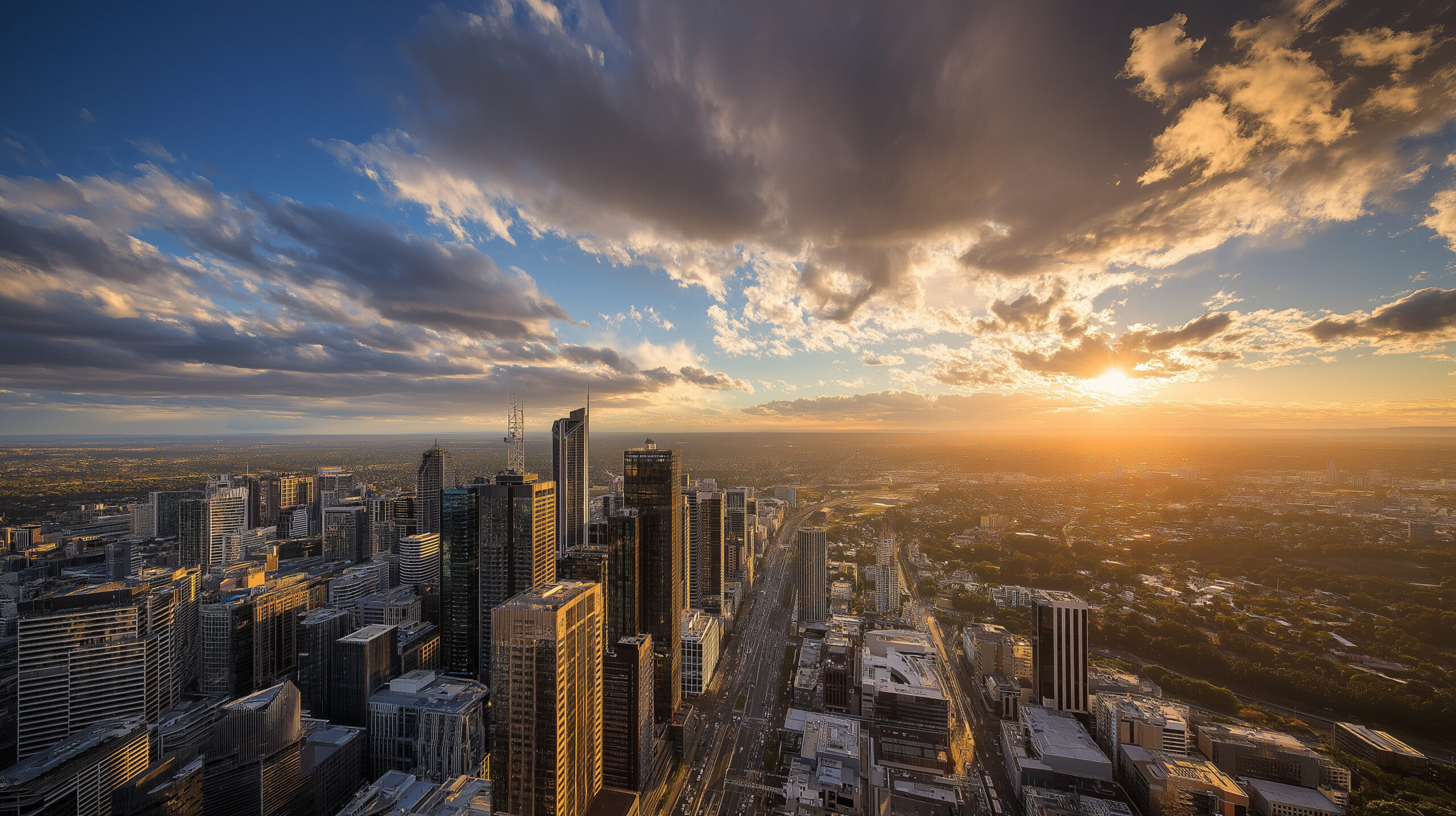
Vacations, spas, digital detox—each promises reset, yet the tension returns within days.
Why? Because the body rests, but the nervous system never does.
We scroll through silence, trying to optimize even recovery.
Buddhism addressed this centuries ago through the Middle Way—neither indulgence nor denial, but balance.
Zen doesn’t wait for calm. It trains it.
A Buddhist retreat is not an escape—it’s a practice of stillness built into form, rhythm, and restraint.
3. What a Buddhist Retreat Really Is
A Buddhist retreat is not a religious performance.
It’s a framework of structured silence—a rhythm that rewires overstimulated minds.
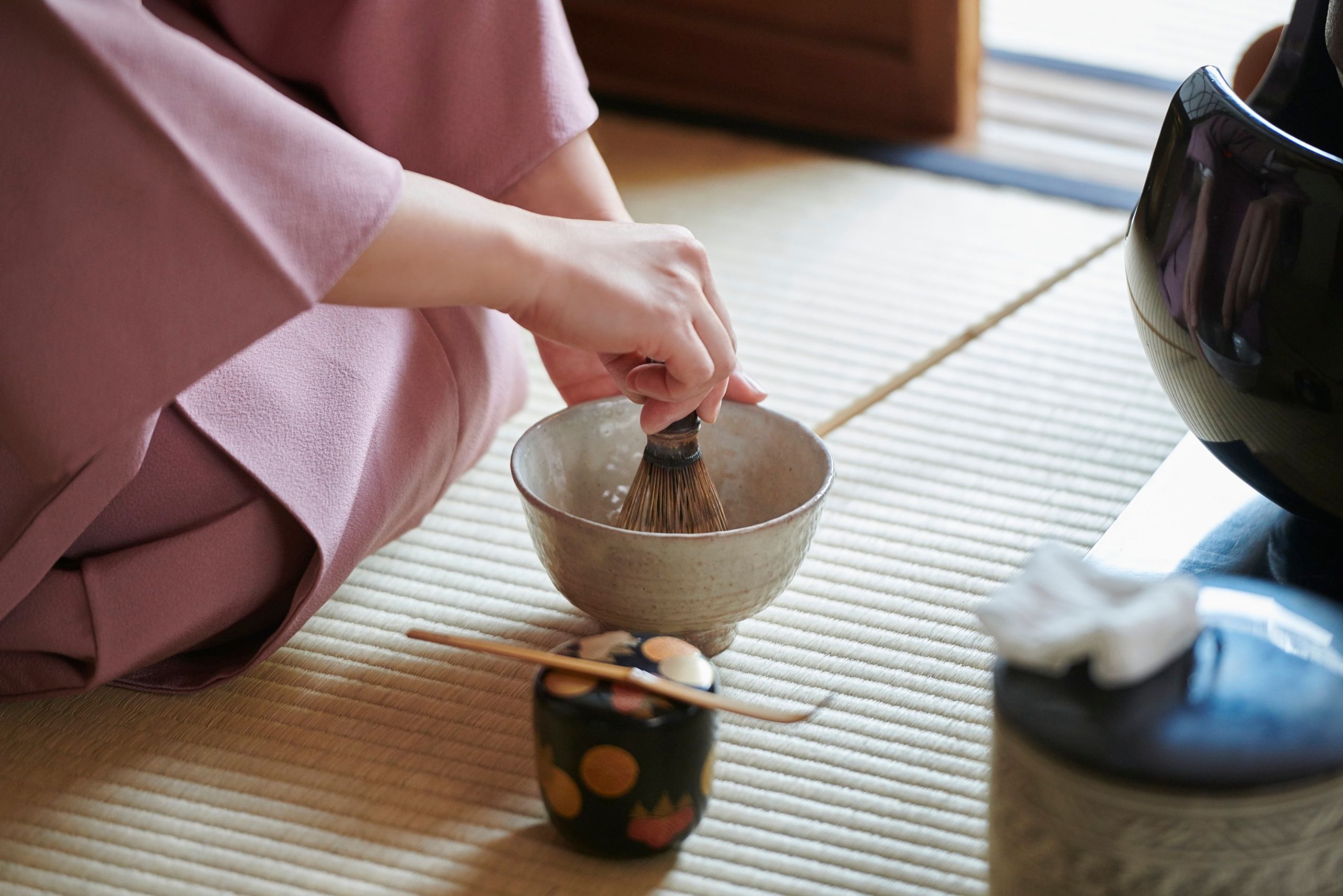
Rhythm and Ritual
Zazen gives the body a pattern the mind can trust. Daily rituals—cleaning, cooking, bowing—form predictable loops that tell the brain, “you are safe.”
In Zen kitchens, the cook (tenzo) prepares food with “three virtues”: lightness, cleanliness, and correct order.
It’s not about flavor; it’s about rhythm—the nervous system’s first language.
Stillness is not the absence of movement. It’s movement without noise.
4. Why It Works — The Science Behind Stillness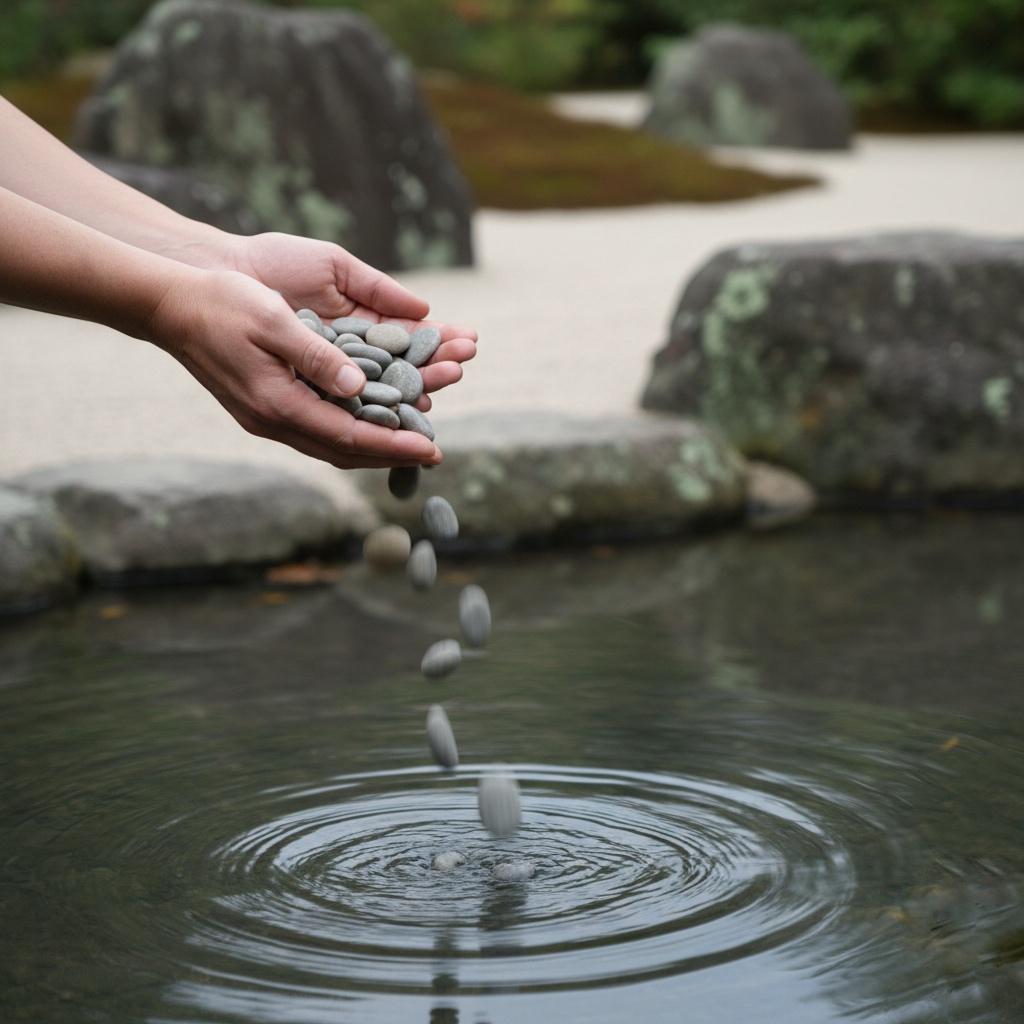
Modern neuroscience is now confirming what Buddhist practice has embodied for centuries.
Predictable repetition and mindful posture help the body shift into safety and regulation.
Every breath, every bow, every silent task teaches regulation through rhythm.
To find peace, you don’t have to add calm.
You need to remove friction—the endless comparison and striving that hijack the mind’s focus.
Zen calls this 放下著 (Hōgejaku)—“putting down.”
When you let go, awareness doesn’t vanish. It expands.
Peace is not something you build. It’s what appears when you stop building.
5. Why Many Choose a Buddhist Retreat in Japan — Where Tradition Meets Transformation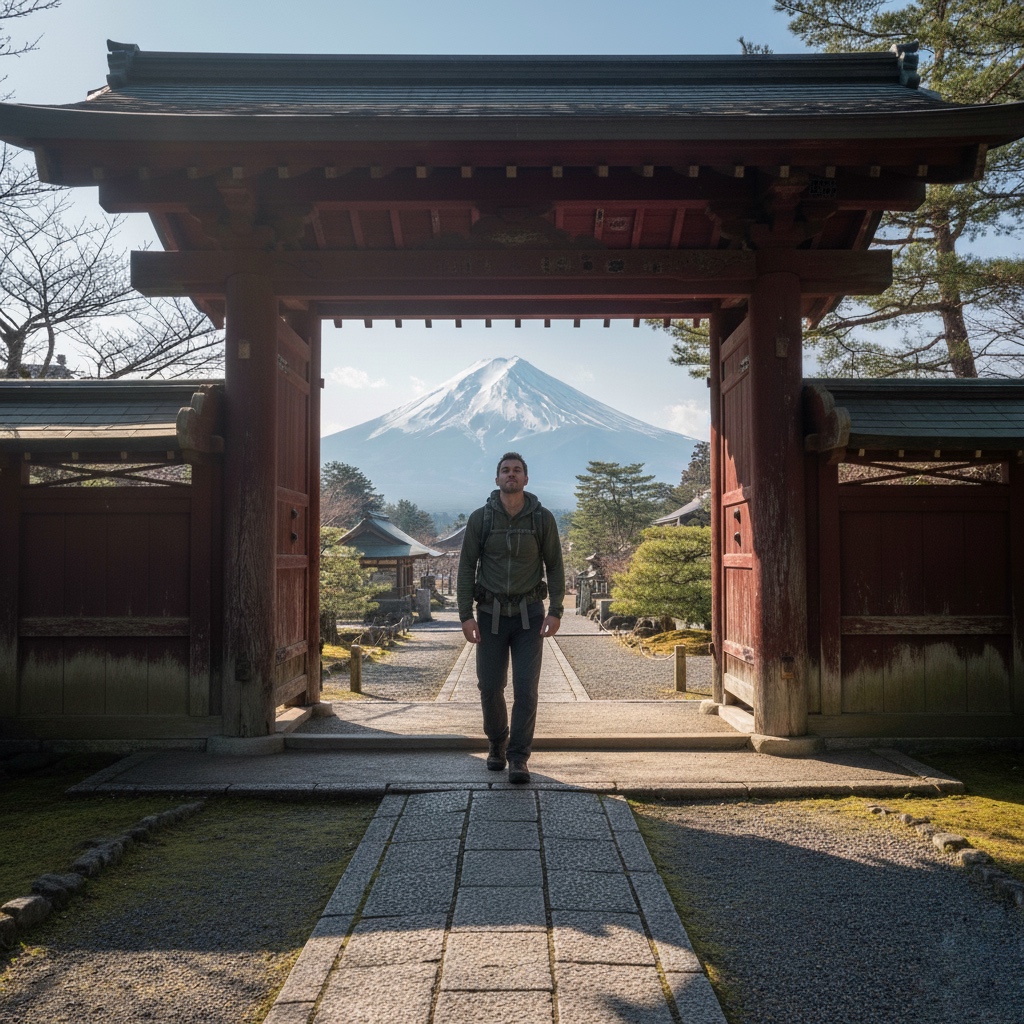
What makes a Buddhist retreat in Japan unique is that it isn’t a destination—it’s a way of living.
Stepping through a temple gate, time slows.
The air feels cleaner. Sounds soften. Every small motion—sweeping a corridor, bowing, eating, sitting in silence—becomes a mirror for awareness.
Unlike retreats in Bali or Sedona that emphasize escape, Japanese Buddhist retreats invite participants to return—to simplicity, rhythm, and presence.
They are not designed for comfort but for clarity.
At temples like Koun-in Temple near Mt. Fuji, centuries of Zen discipline meet modern mindfulness.
Here, participants rediscover the principle of “discipline as freedom”—a framework where structure enables clarity.
It isn’t religion as belief, but Buddhism as lived awareness—a way to see both the world and yourself more clearly.
“A Buddhist retreat in Japan is not about learning—it’s about living.”
👉 Experience authentic Zen practice in Japan:Koun-in Temple Zen Retreat
6. Example — Koun-in Temple Zen Retreat near Mt. Fuji
For those seeking stillness in a place of natural beauty, Koun-in Temple (耕雲院) offers a genuine Zen Buddhist retreat surrounded by cedar forests in Yamanashi Prefecture—about 90 minutes from Tokyo.
Program Highlights
- Incense & Mindful Actions — using fragrance to shift from daily life into calm presence
- Yoga — gentle movements like Sun Salutations to prepare body and mind
- Zazen Meditation — short guided sittings in English for beginners
- Sutra Copying (Shakyo) — tracing the Heart Sutra to cultivate focus and compassion
- Shojin Ryori (Zen Cuisine) — seasonal plant-based meals, vegan and Halal friendly
Duration: 3–4 hours
Fee: ¥10,000–15,000
Location: Tsuru City, Yamanashi — 90 min from Tokyo / near Mt. Fuji
👉 Visit the official page:Koun-in Temple Zen Retreat
7. Voices from Participants — Zen Retreat Experiences in Japan
“The meditation retreat in Japan was the highlight of my trip. Sitting quietly near Mt. Fuji gave me peace I’d never felt before.”
“More than sightseeing — it felt like stepping into the living spirit of Japanese culture.”
“The combination of yoga and zazen was unforgettable. It helped me experience mindfulness in a new way.”
“We joined as a couple, and sutra copying and temple food made the retreat uniquely Japanese.”
“As a senior traveler, I felt supported. Yoga prepared my body, and meditation gave me renewed energy.”
“As a yoga practitioner, the blend of movement and stillness in an authentic Zen setting was powerful.”
8. A Personal Note — From Rev. Chiken Kawaguchi, Vice Abbot of Koun-in Temple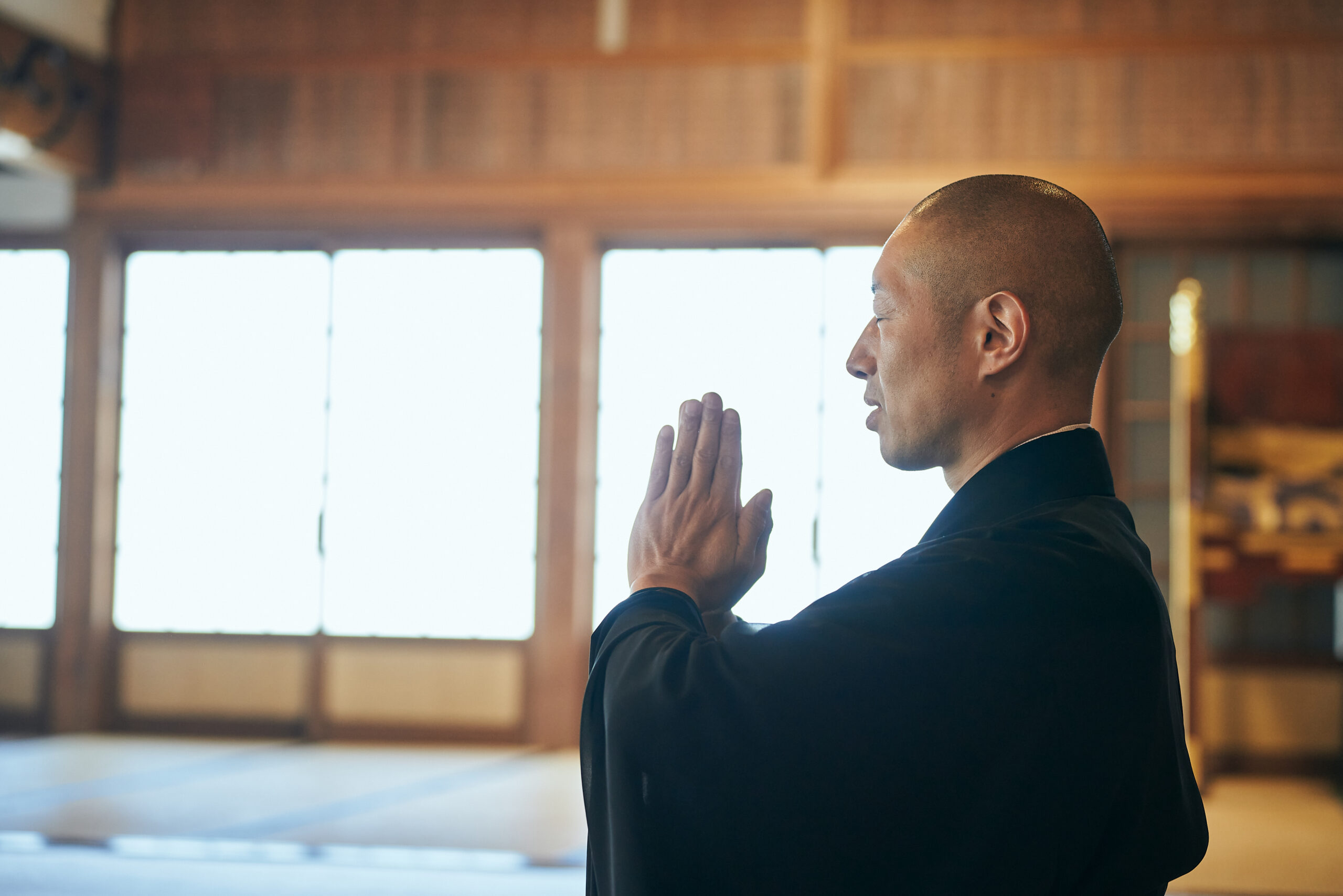
Hello — I’m Rev. Chiken Kawaguchi, Vice Abbot of Koun-in Temple, a Sōtō Zen monastery nestled in the foothills of Mt. Fuji, Yamanashi Prefecture.
Before I took vows, my life was full of movement and stimulation — surfing, nightlife, fashion, endless choices and desires.
The faster I ran, the more restless I became.
I was surrounded by excitement, yet peace was nowhere to be found.
When I entered Eiheiji, the head temple of Sōtō Zen, I encountered a world defined by discipline and humility.
We were taught never to meet the senior monks’ gaze, and the only acceptable answer was “Yes.”
At first, it felt suffocating. But in that strict order, I discovered that discipline is not oppression — it is the framework of true freedom.
Freedom without respect becomes arrogance. Discipline without compassion becomes rigidity.
Real courtesy arises only from a heart that considers others.
Through years of training, I came to understand that peace (heiwa) is not comfort or satisfaction — it is acceptance.
To face oneself as is, to say “I am enough,” is where real stillness begins.
Our suffering grows in proportion to our desires.
We try to hold too much — yet our hands can only carry so many things.
When we begin to let go, we discover that open palms can hold something infinite — the quiet possibility of life itself.
Today, through online zazen and retreats at Koun-in Temple, I connect with people around the world.
Zen practice doesn’t require robes or temples — only intention.
You don’t have to become a monk to find peace.
You just need to pause and ask: “Am I truly walking my own path?”
Taking time to realign yourself — that is practice.
When you bring awareness into daily life, every gesture, every breath becomes part of your training.
👉 Begin your own practice wherever you are:Join Online Zazen from Japan
9. FAQ — About Buddhist Retreats in Japan
- Can I join alone?
Yes. Many participants come solo, seeking quiet time for themselves. Beginners are warmly supported. - How long is the program?
About 3–4 hours — easy to fit into a travel schedule. - Is English guidance available?
Yes. Simple English guidance is provided. - Is shojin ryori included?
It depends on the plan. Choosing the meal option allows you to experience mindful eating. - Do I need to bring anything?
No. Comfortable clothing is enough — all materials are provided. - How do I book?
Please make an advance reservation through our contact form. Early booking is recommended, especially during weekends and holiday seasons.
Final Reflection — Begin Where You Are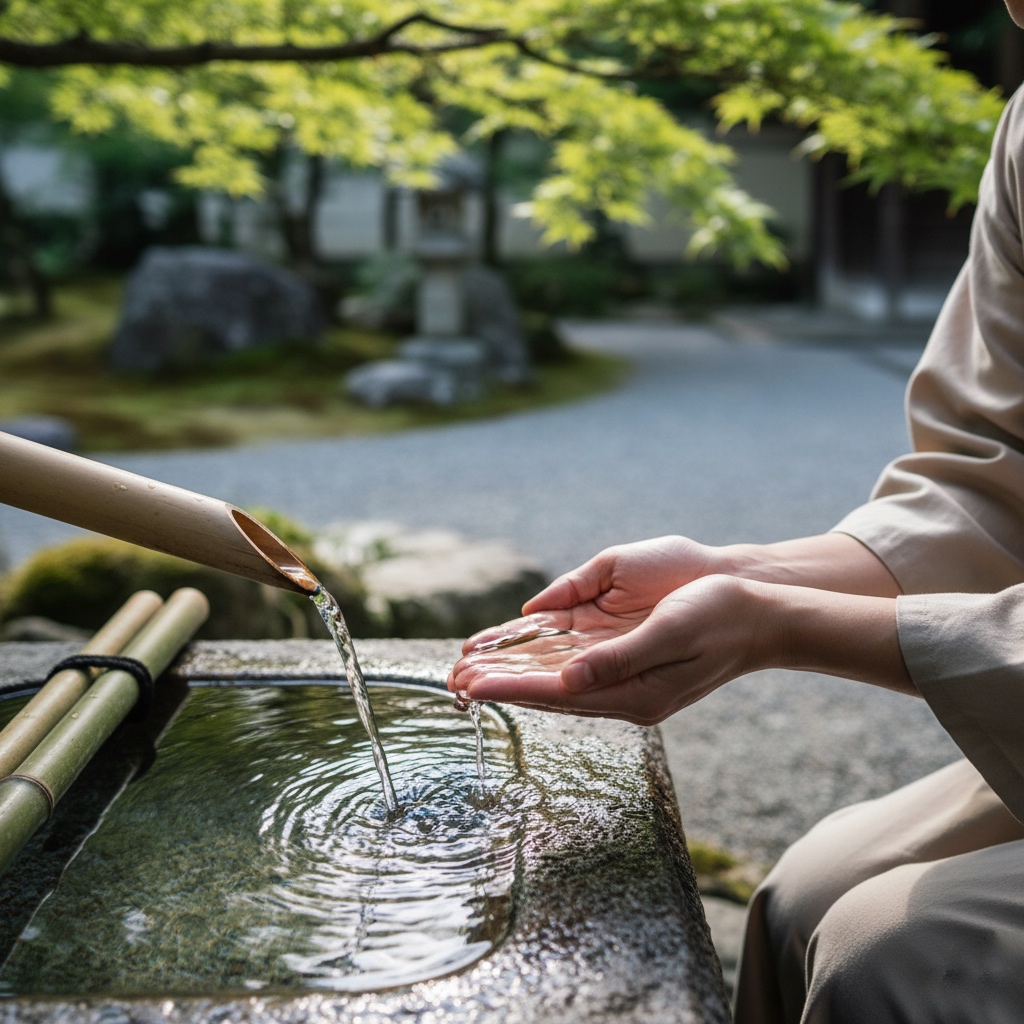
The practice begins not when you arrive — but when you decide to pause.
If your mind is full, your body tense, your days too fast —
that is the perfect moment to begin.
Visit a temple, join an online zazen, or simply take one conscious breath.
You don’t need to change your life to find peace.
You only need to notice that peace was never gone.
Wherever you are, the path of stillness is already beneath your feet.
👉 Begin your own practice: Join Online Zazen from Japan

